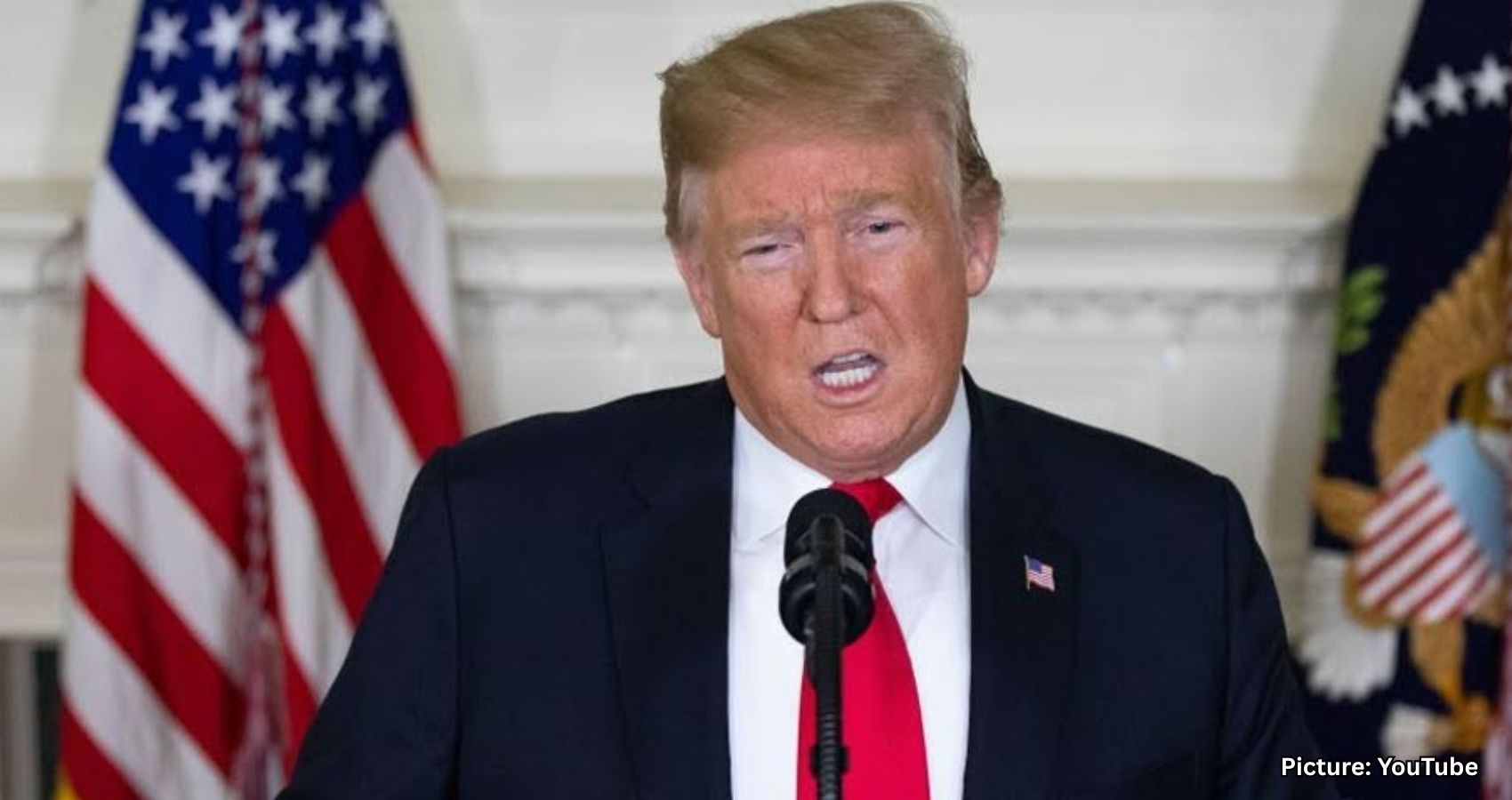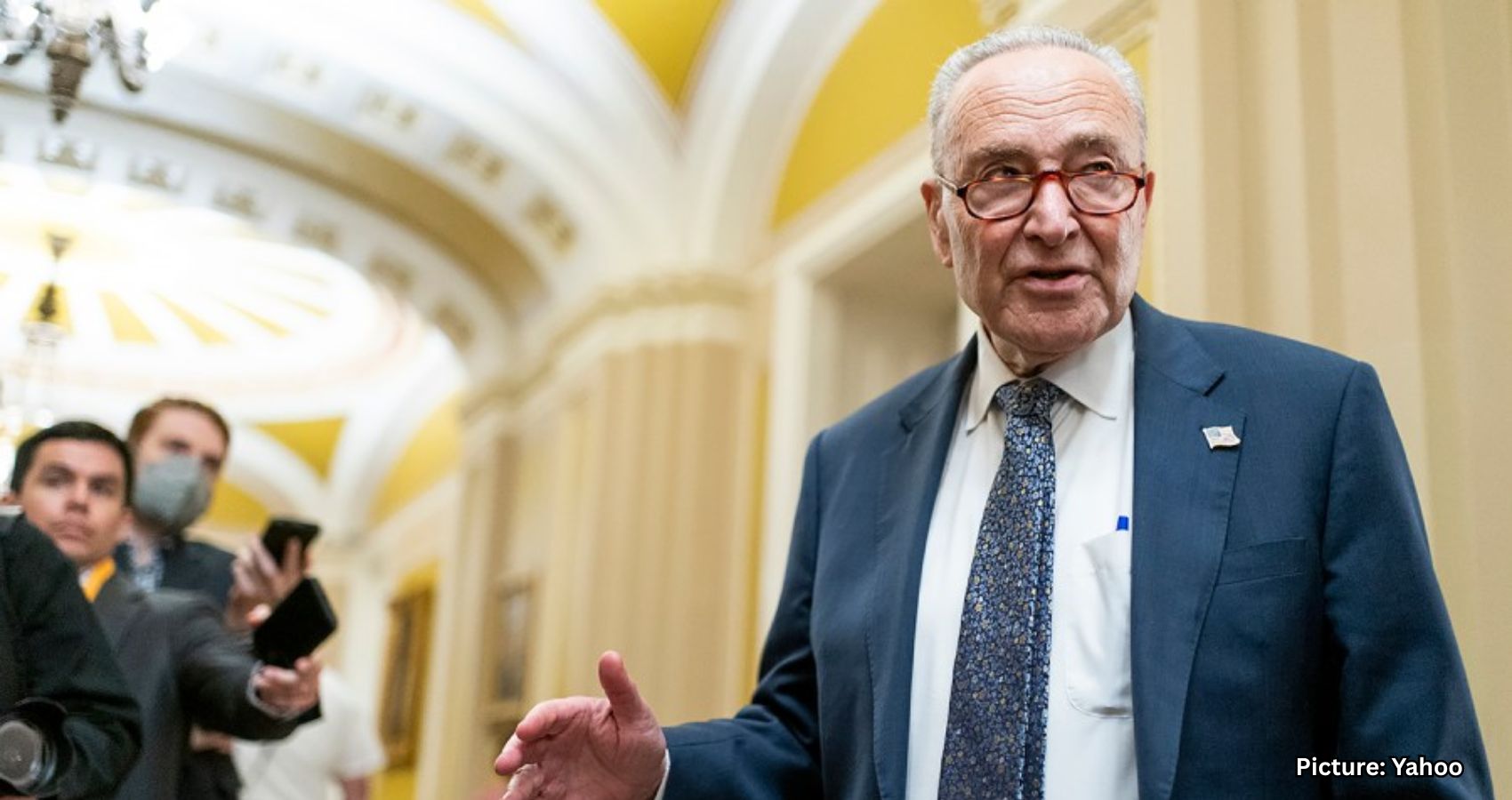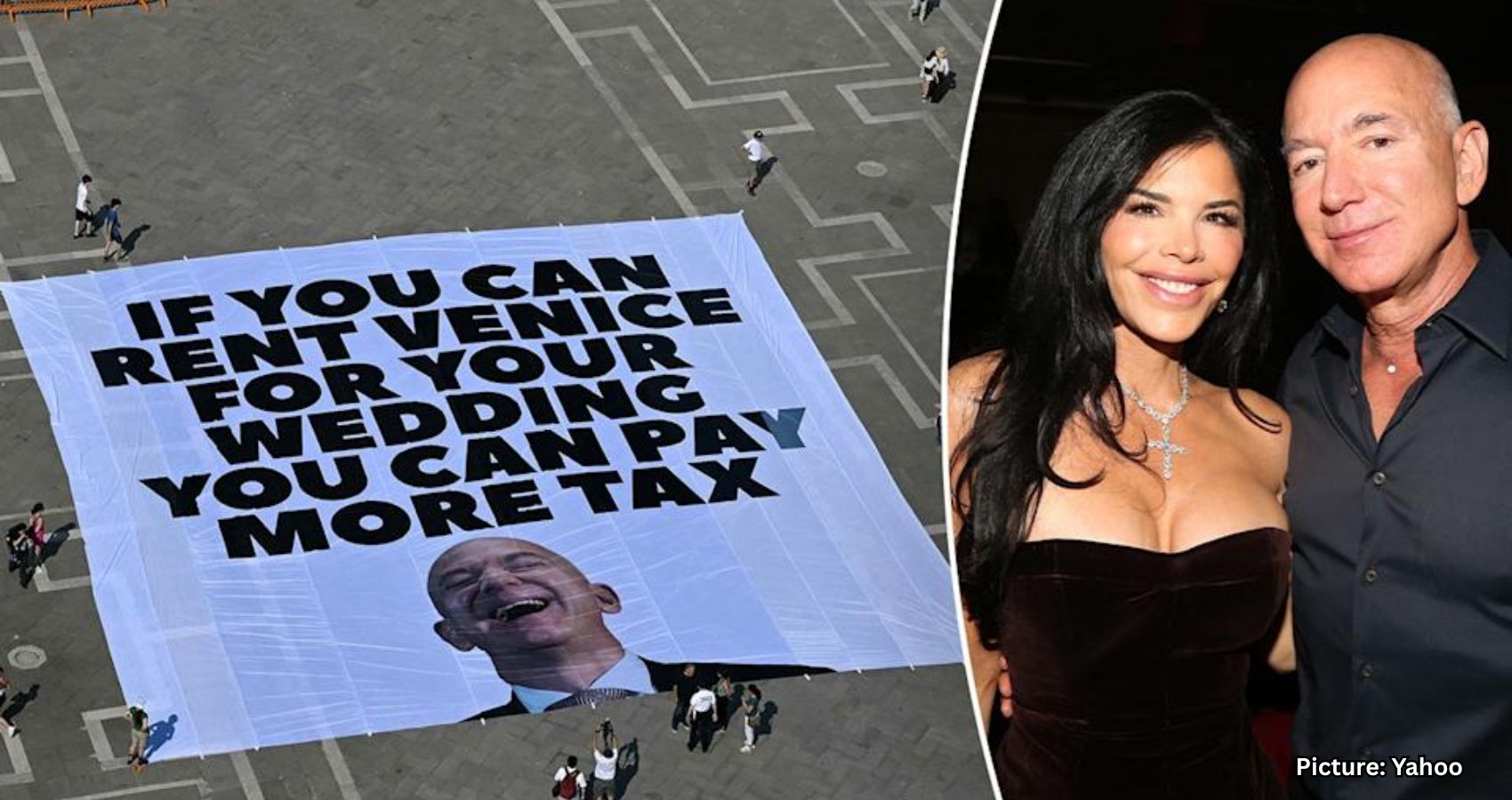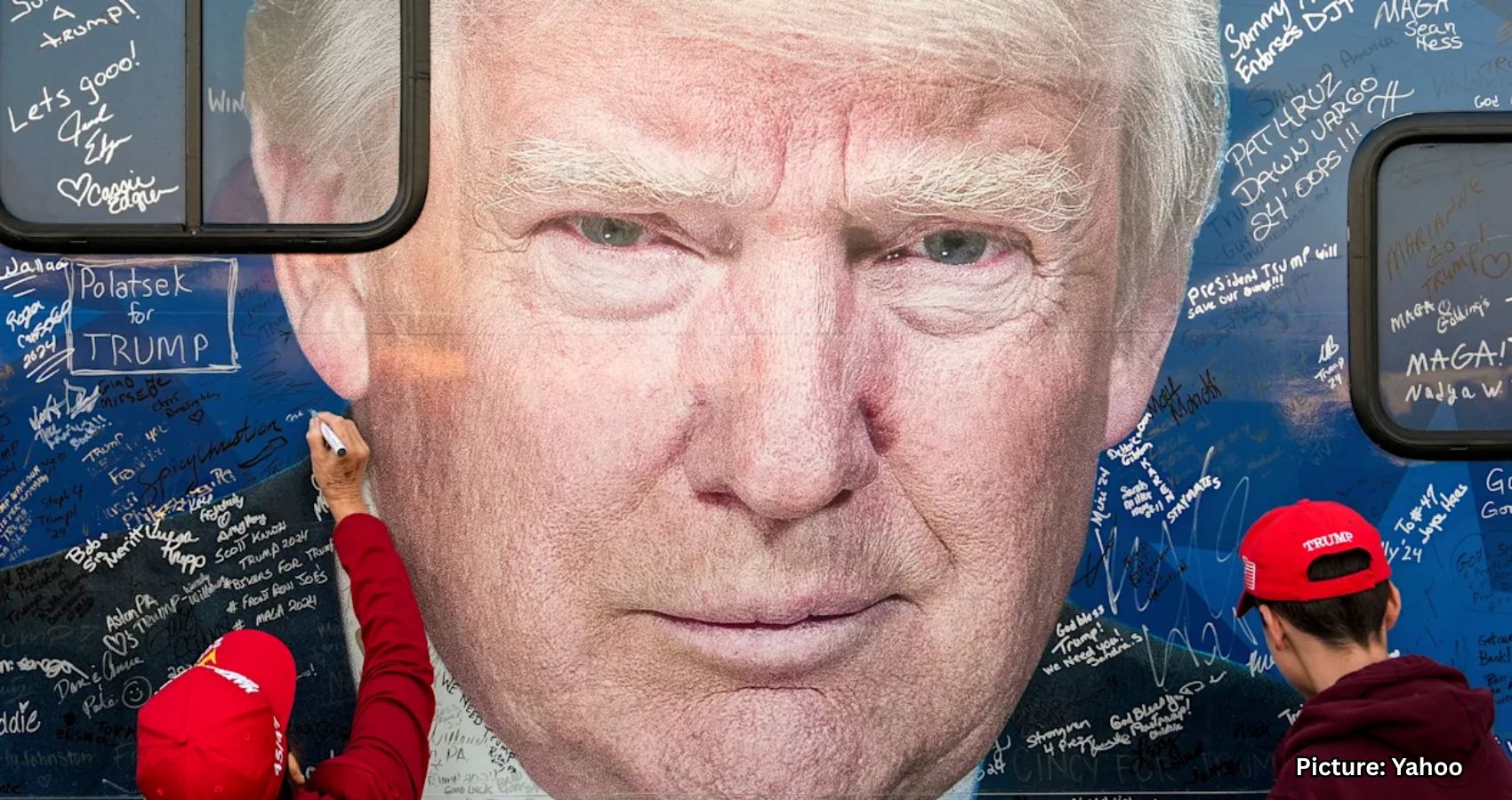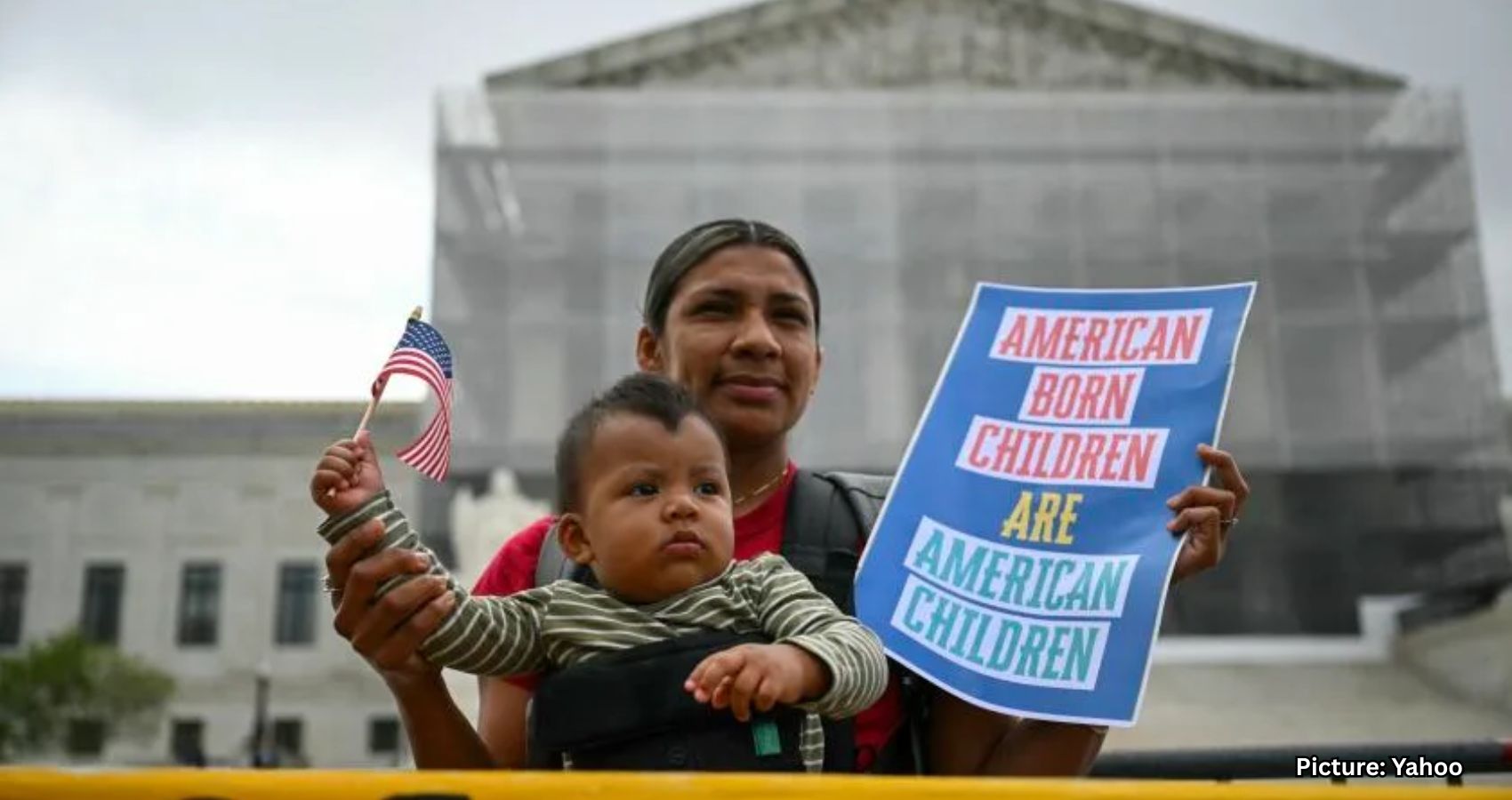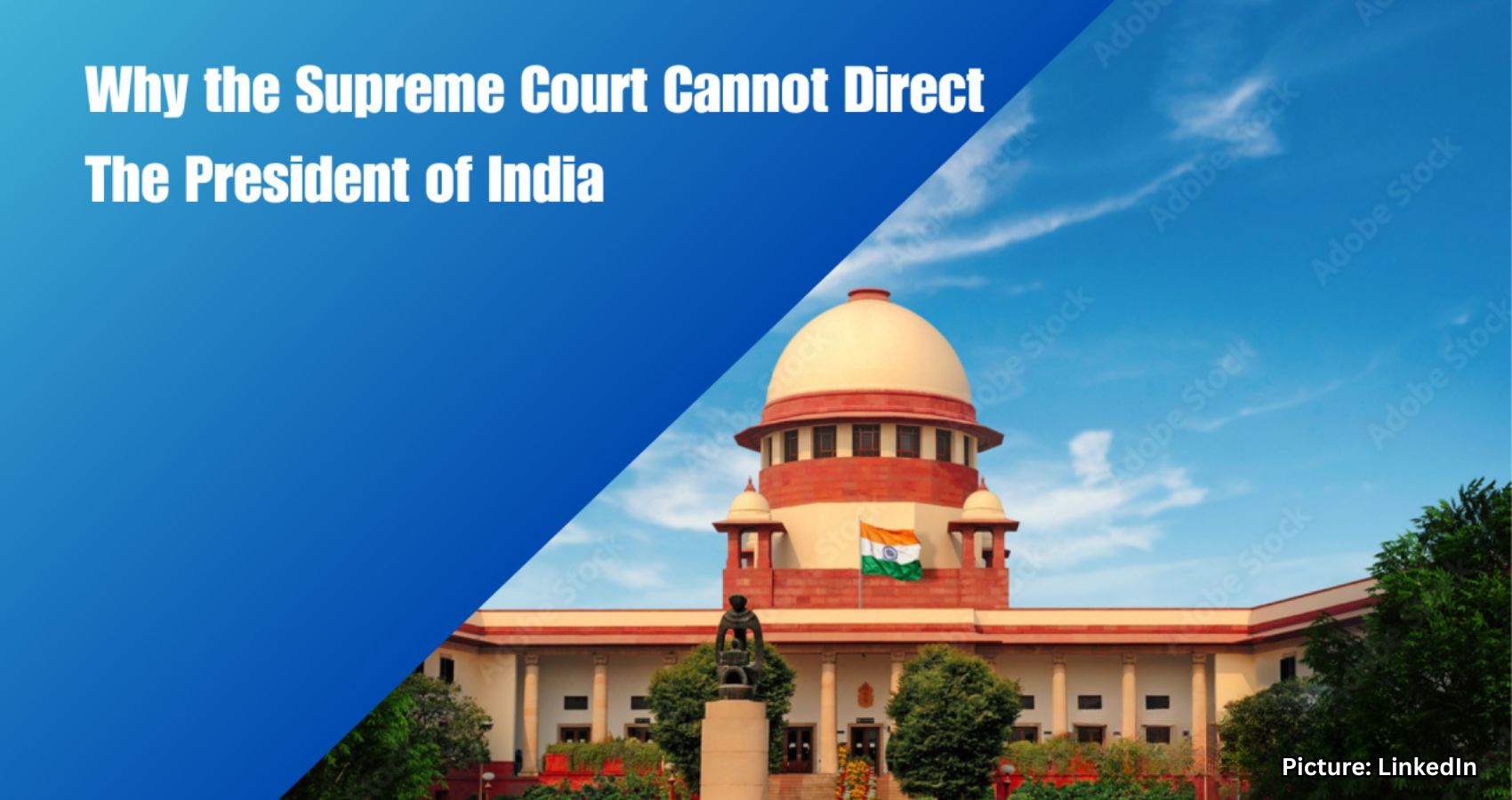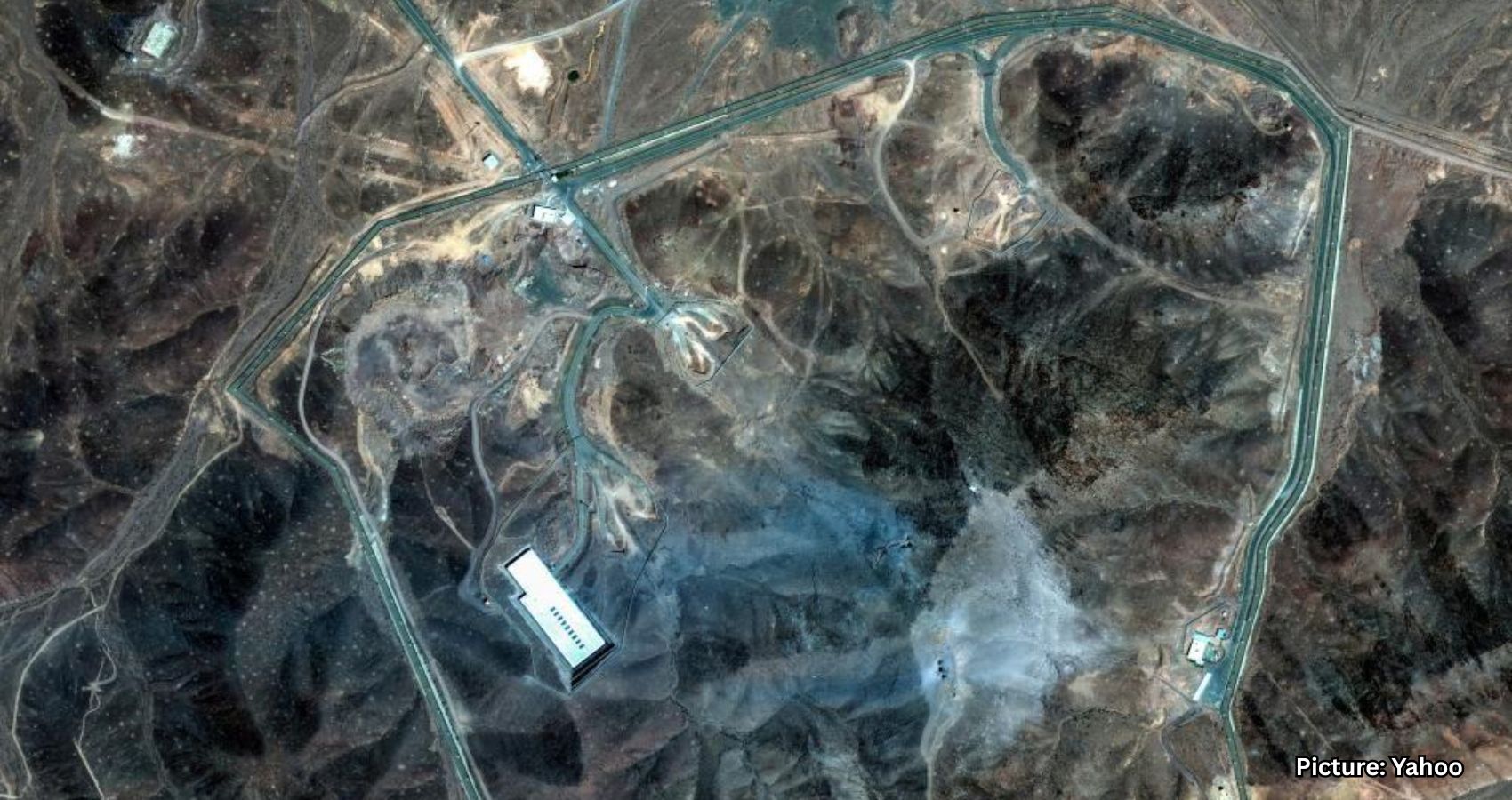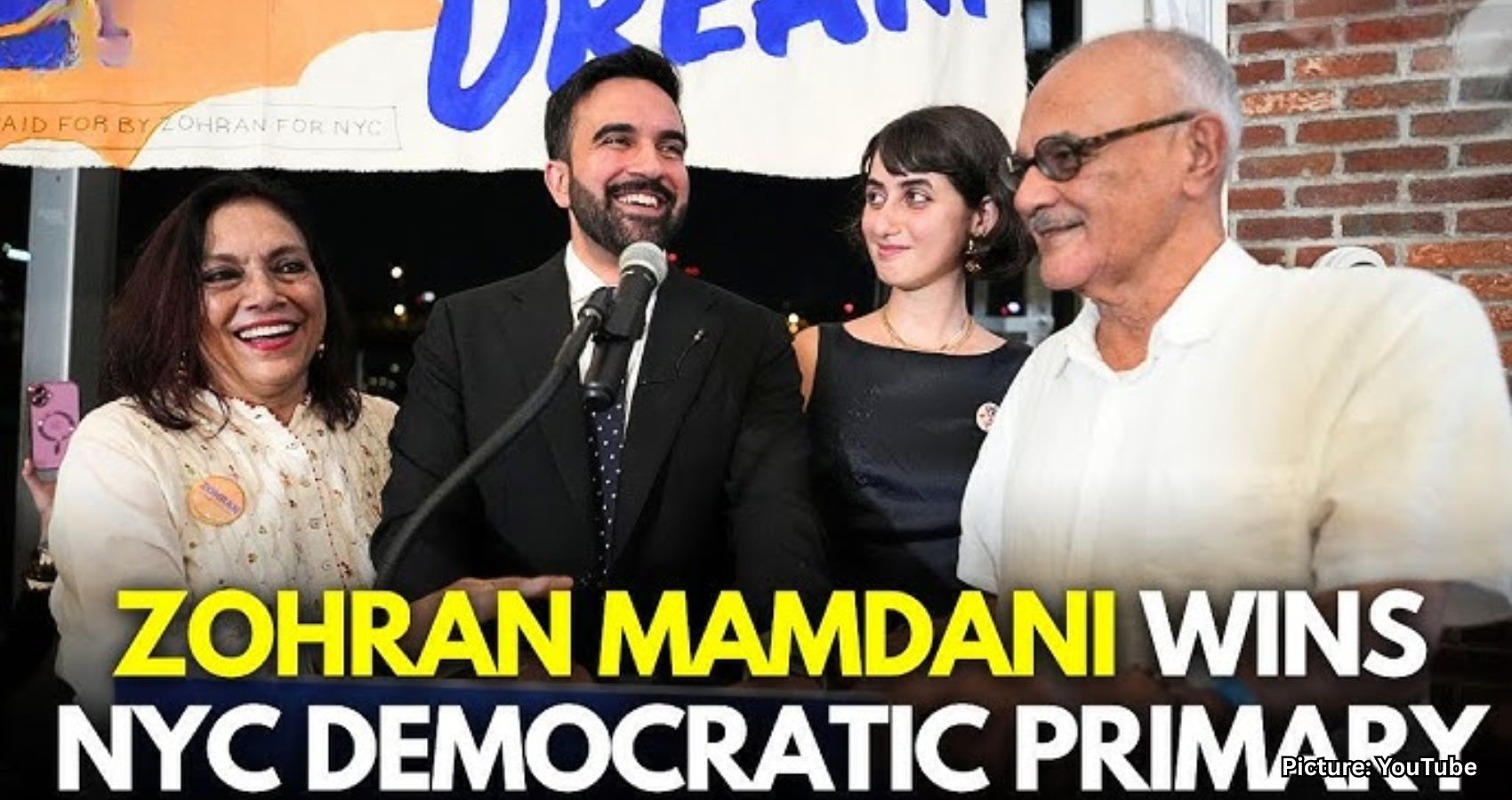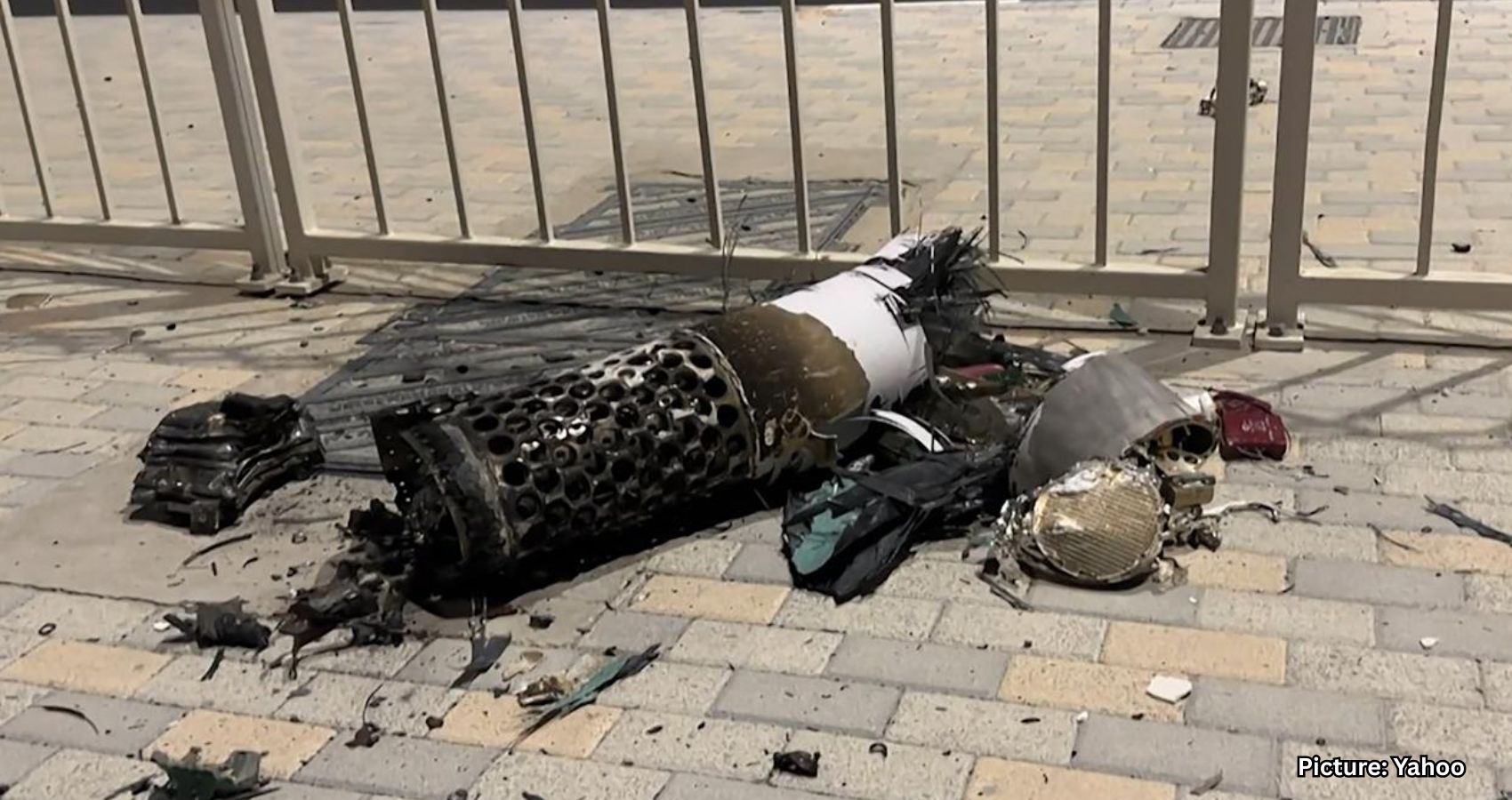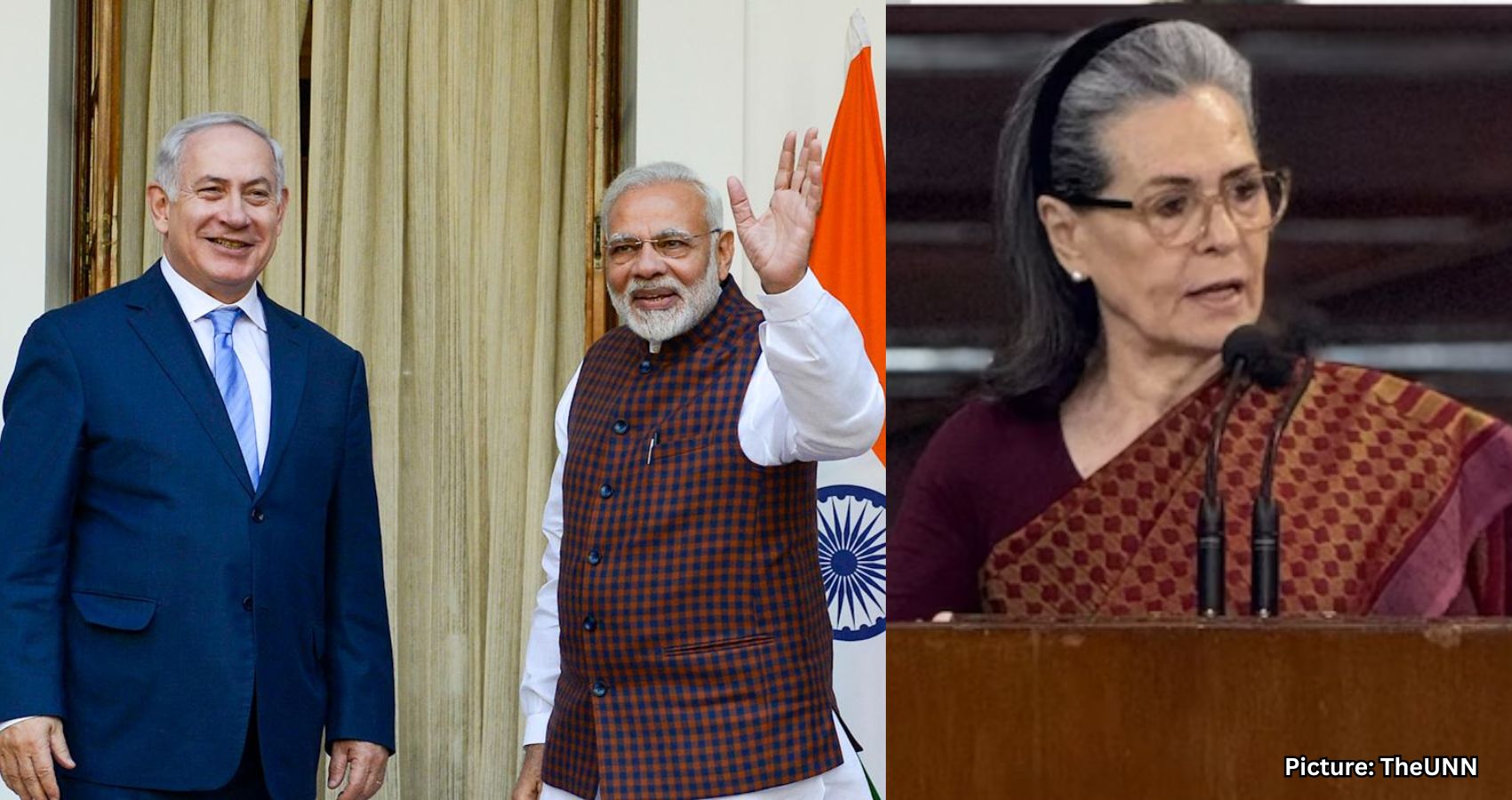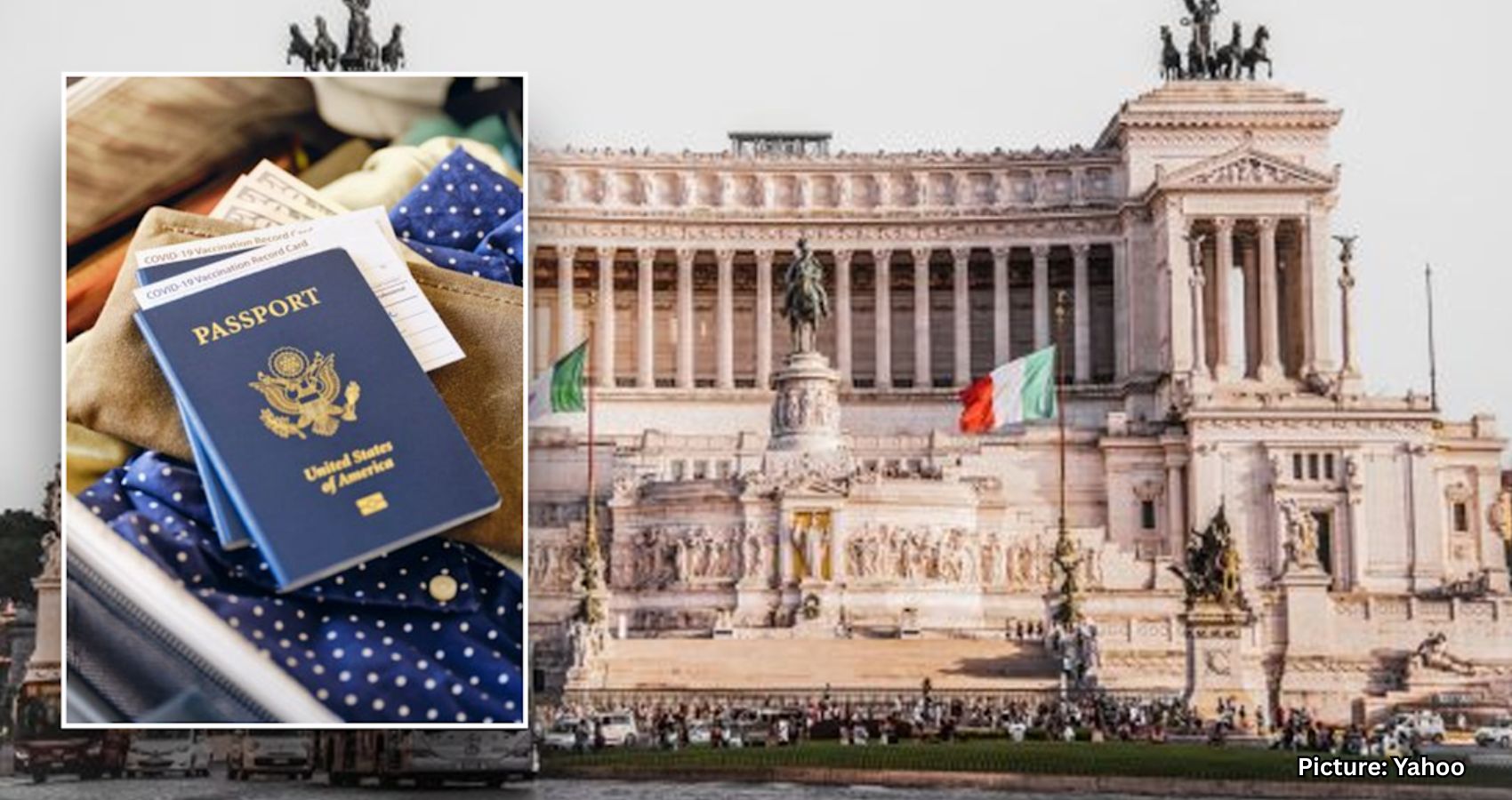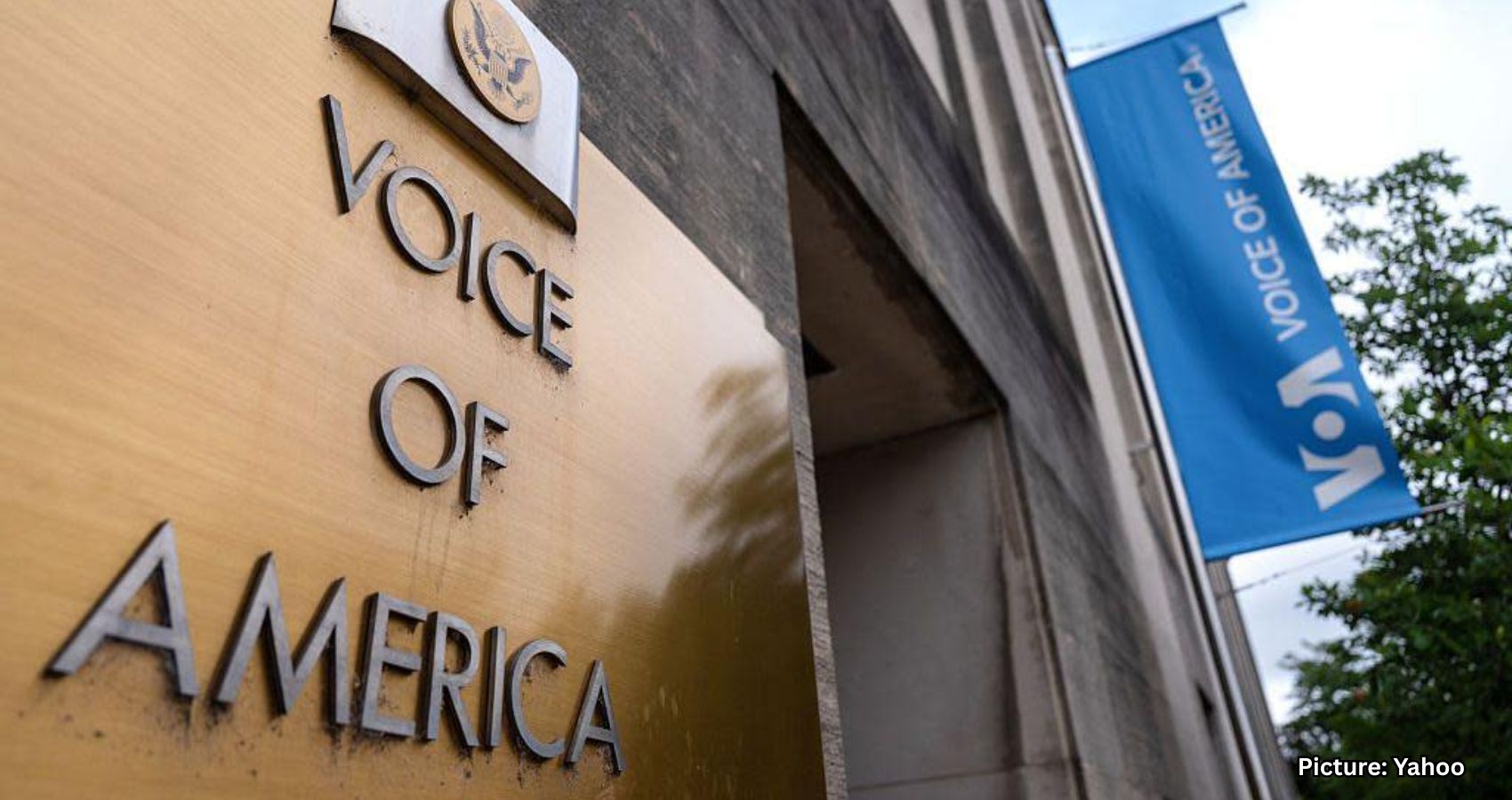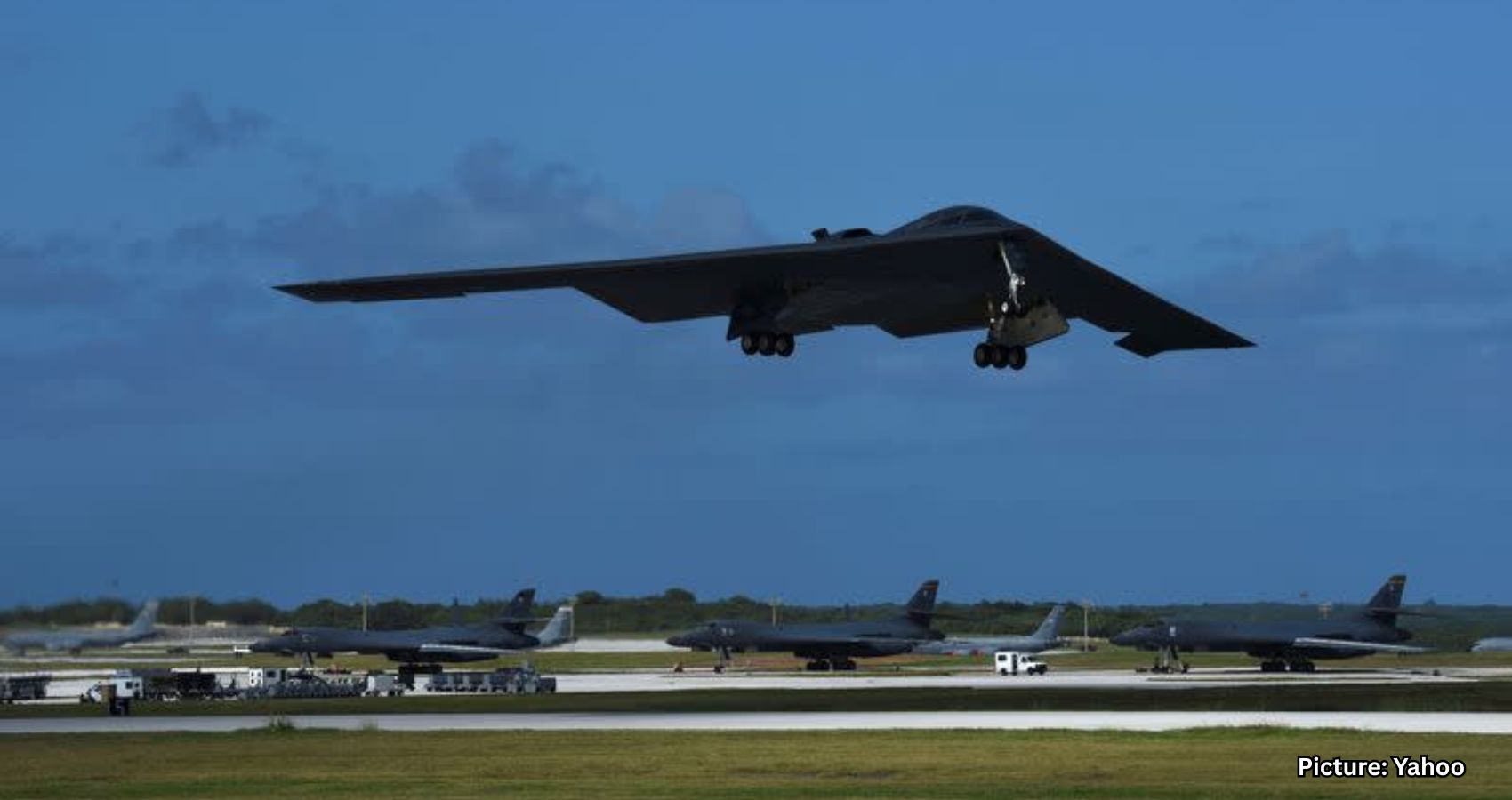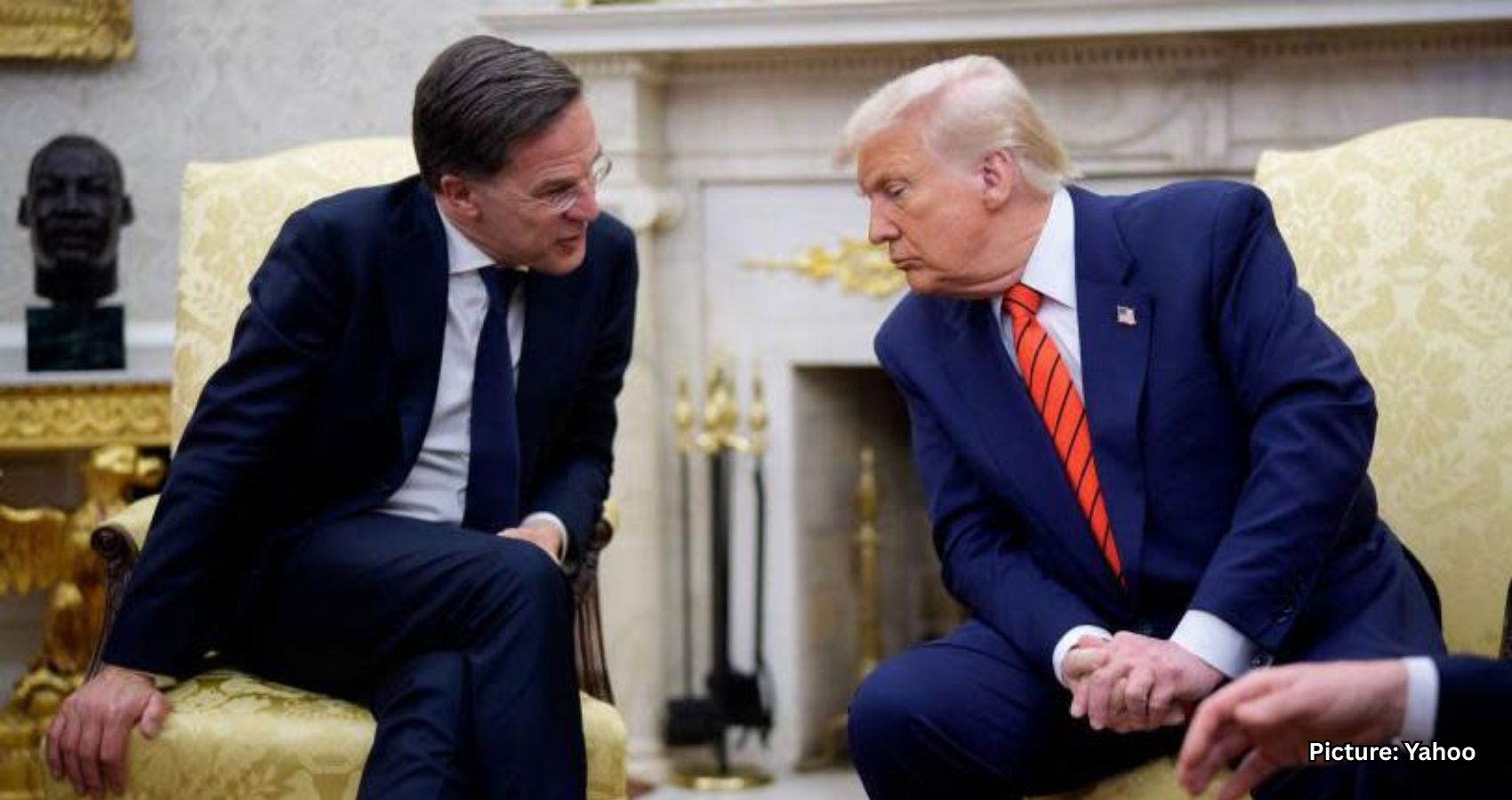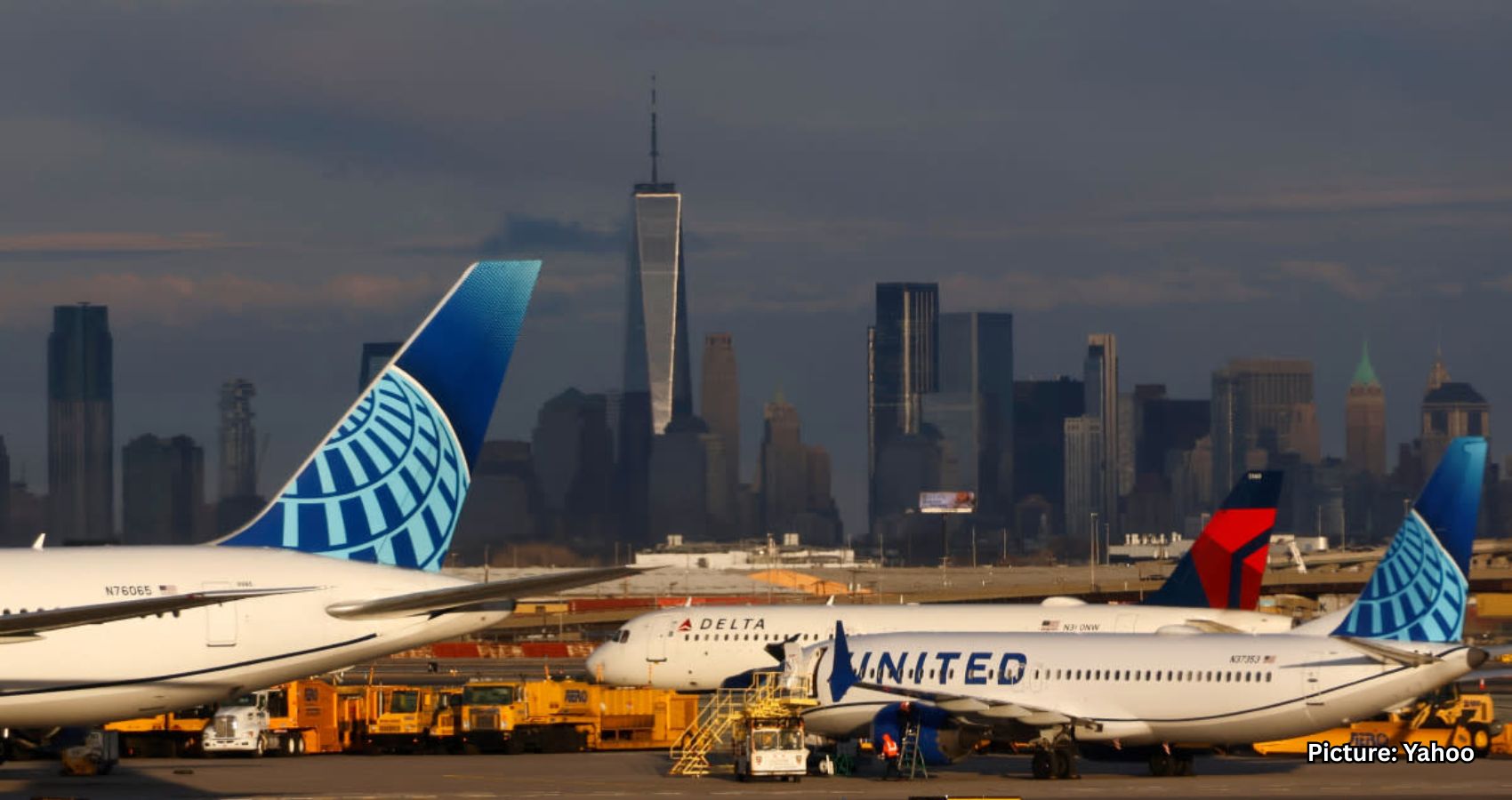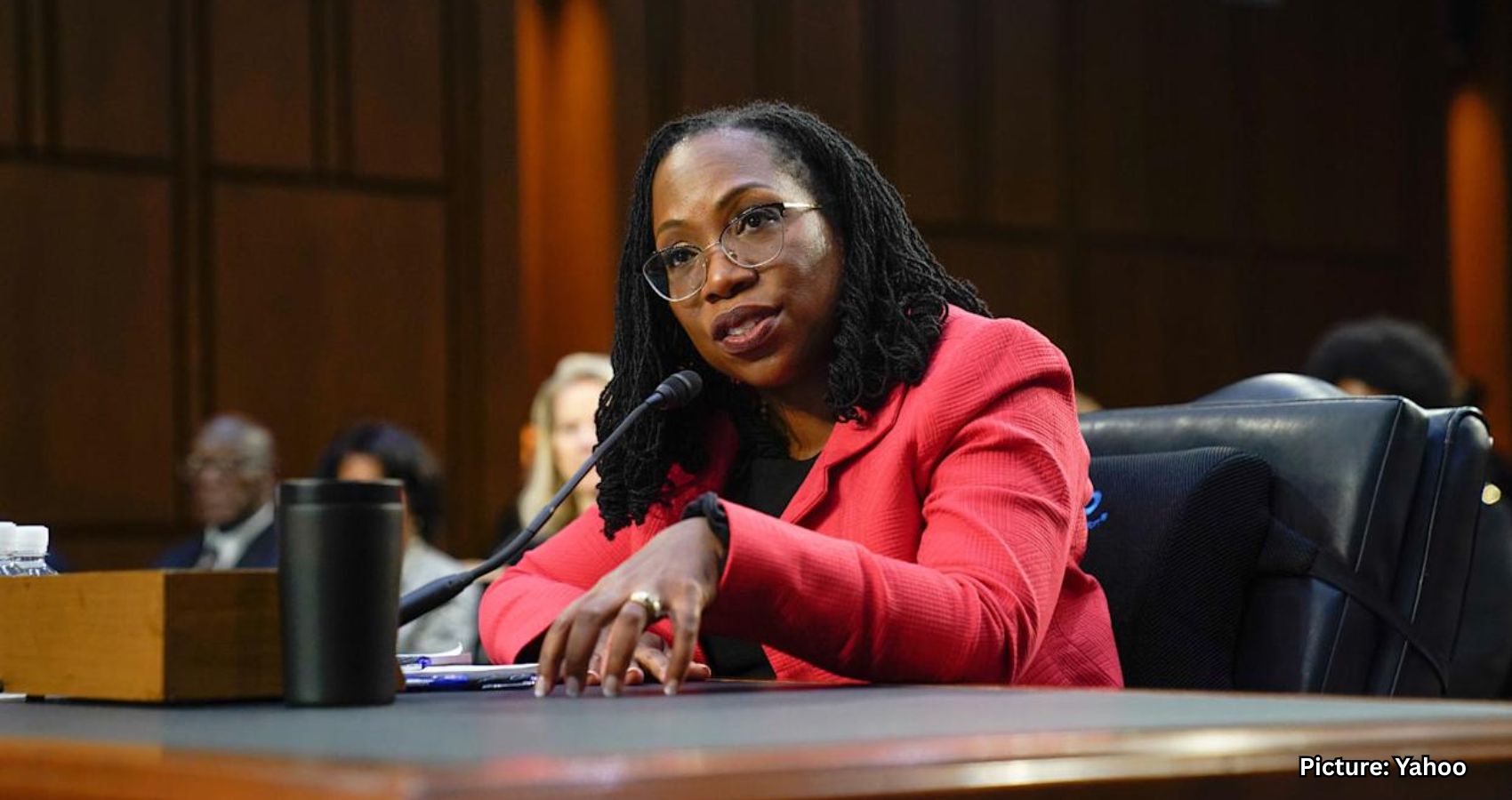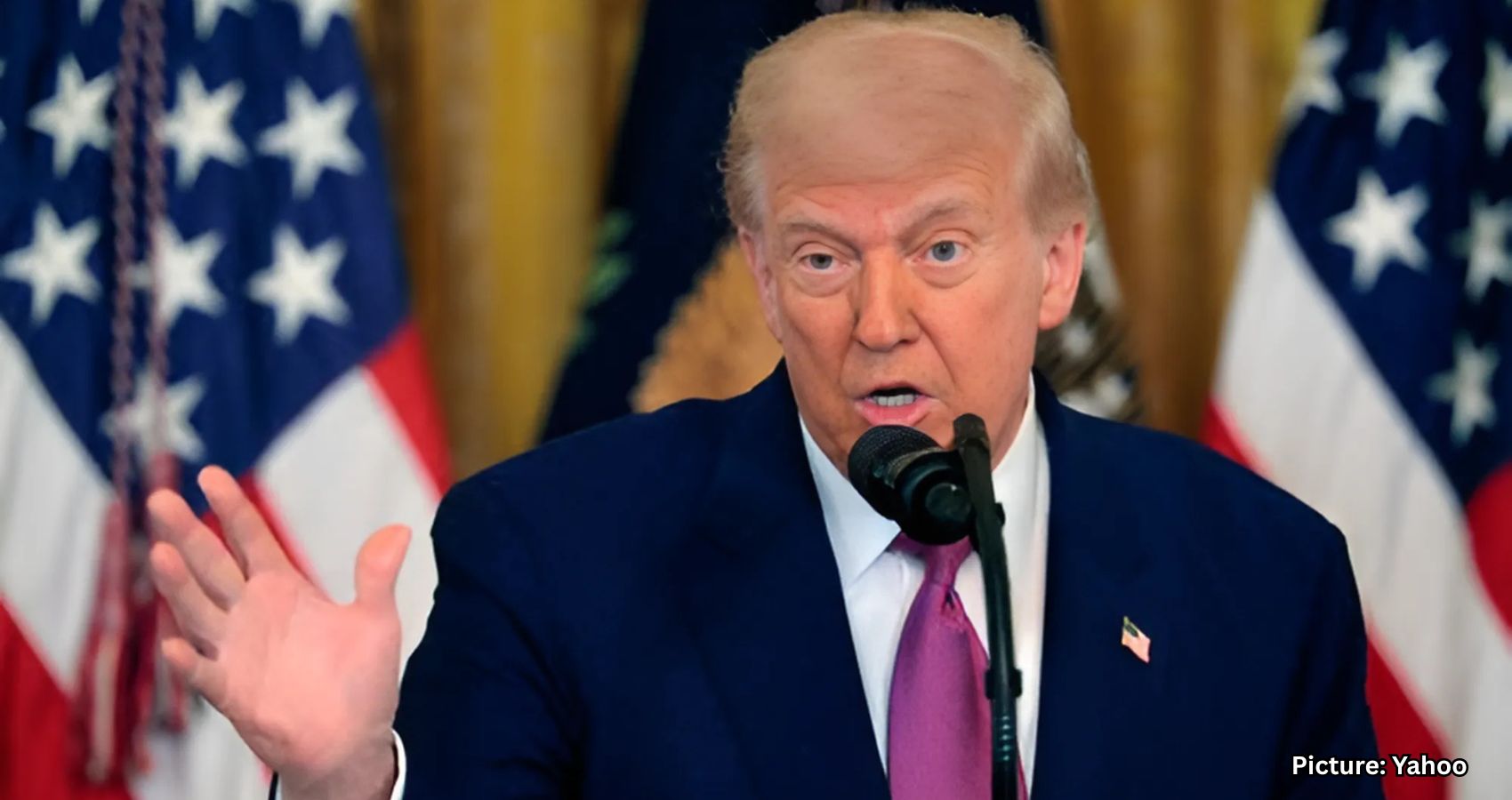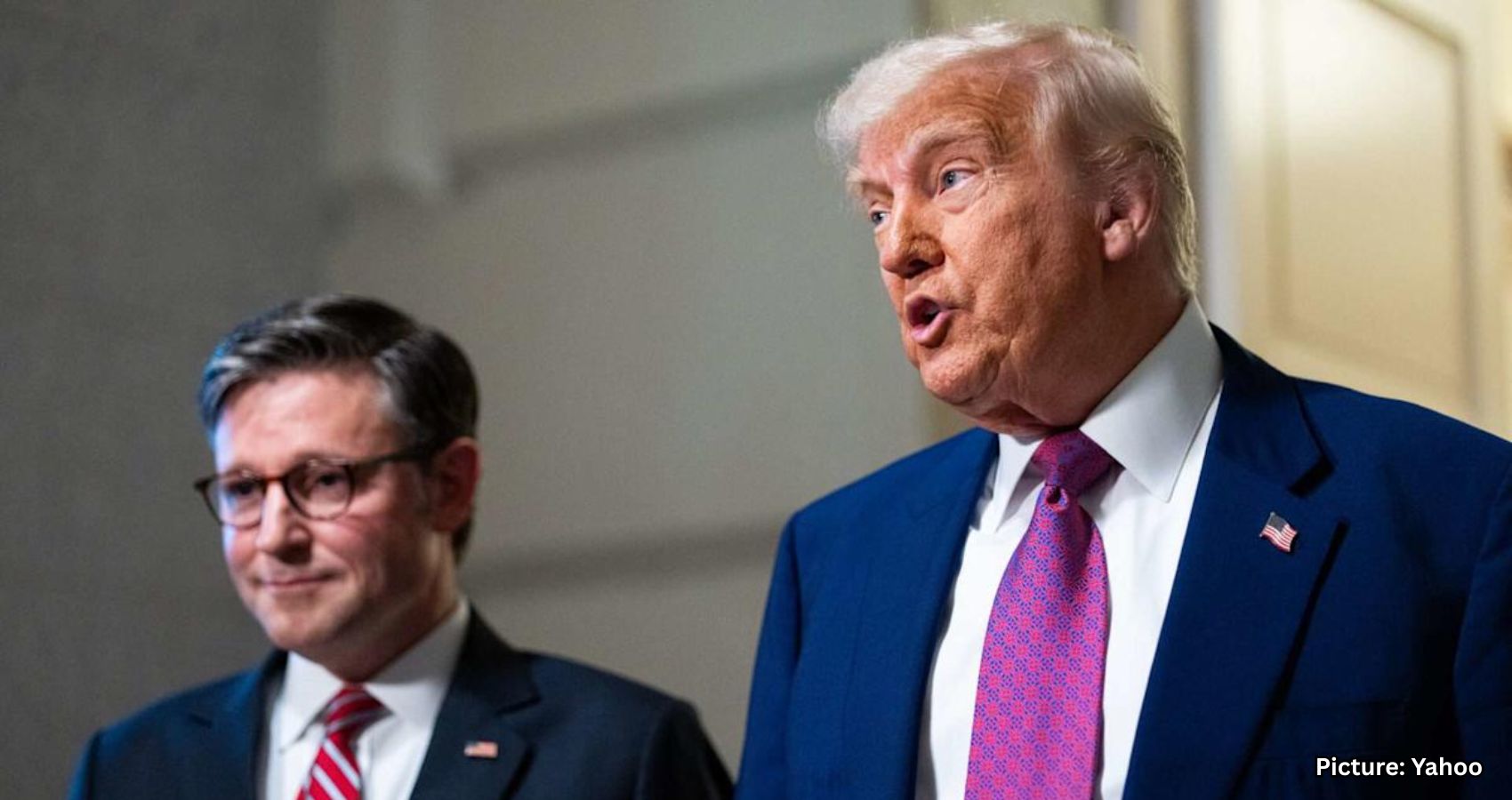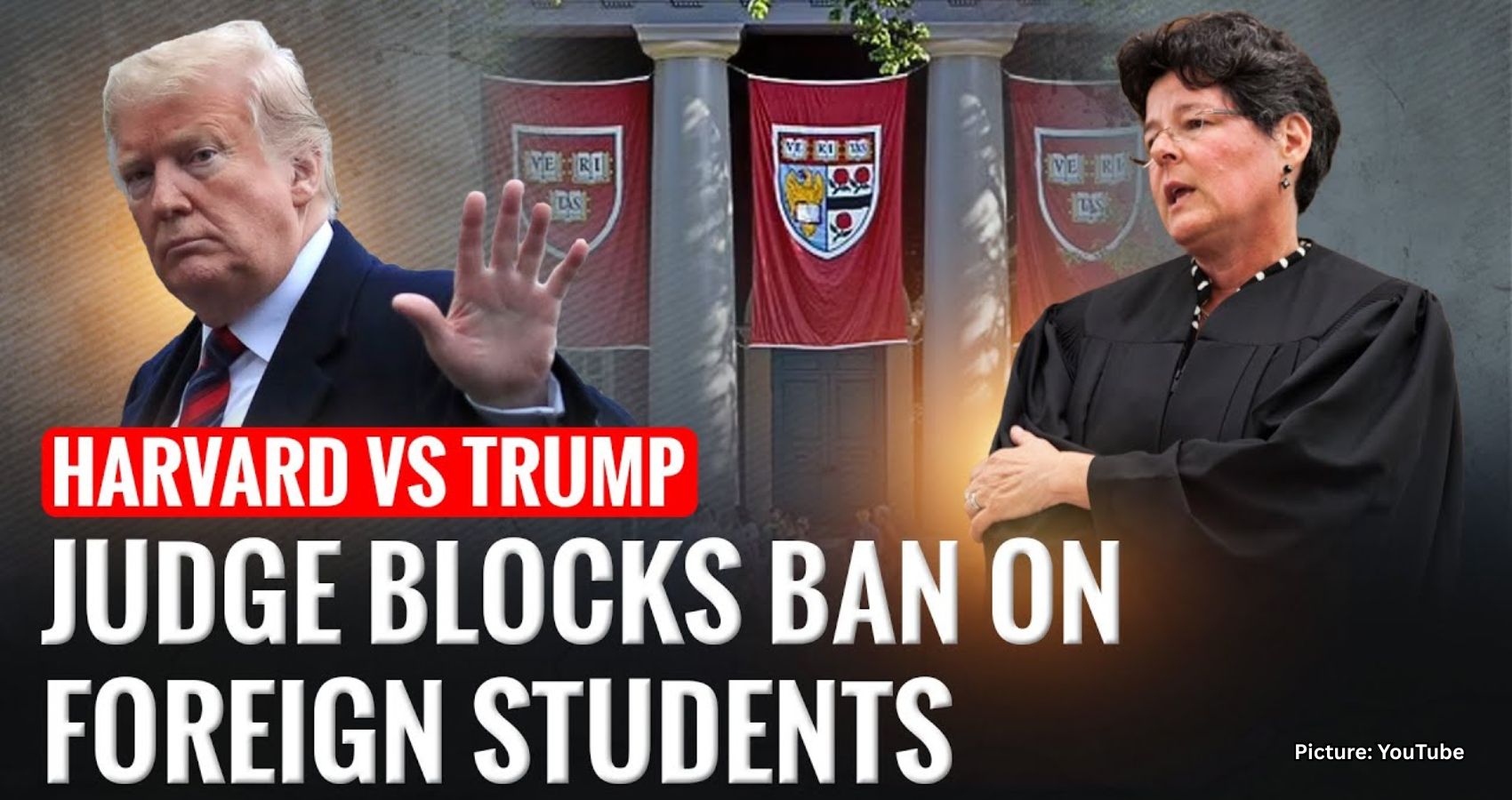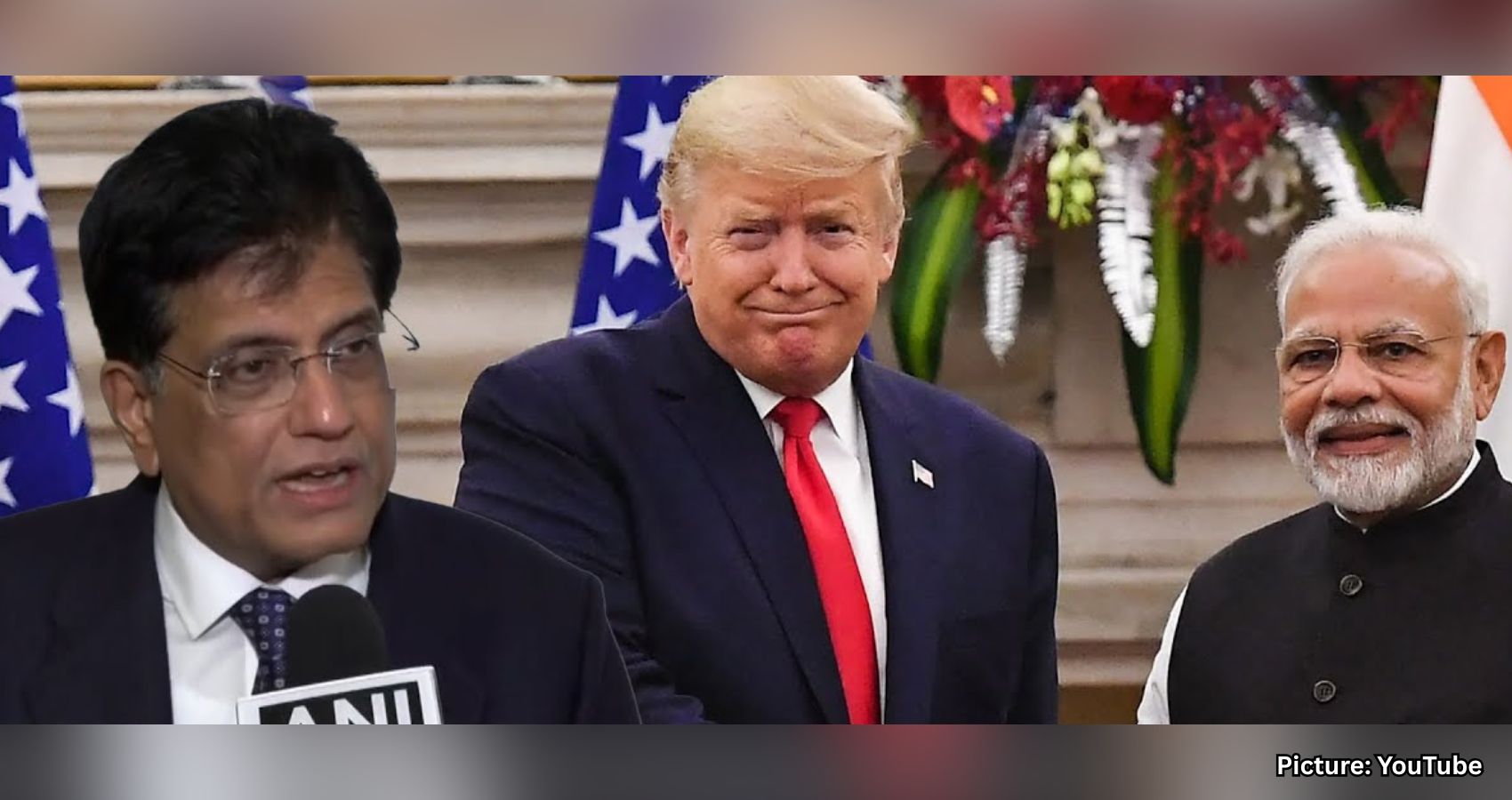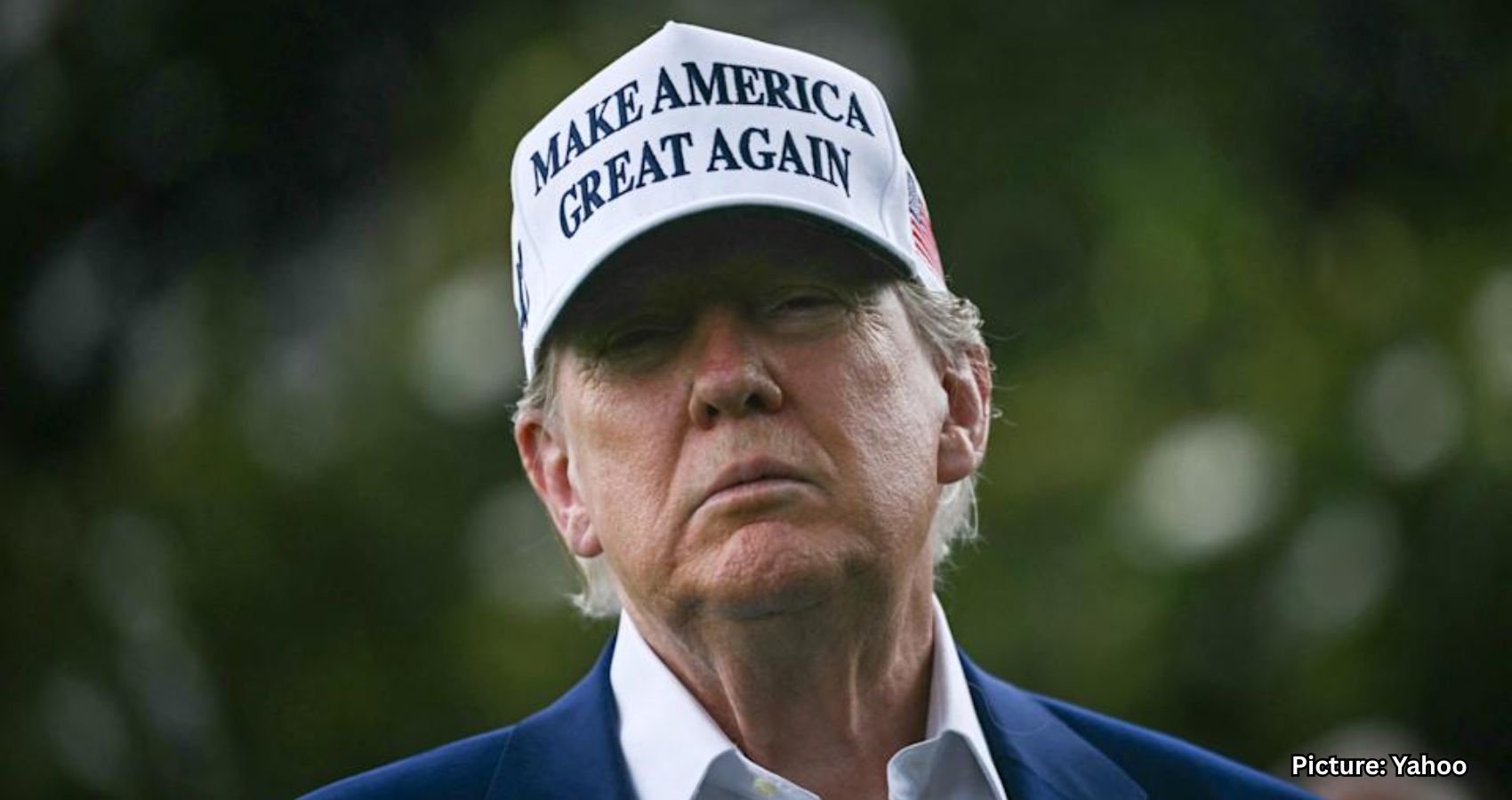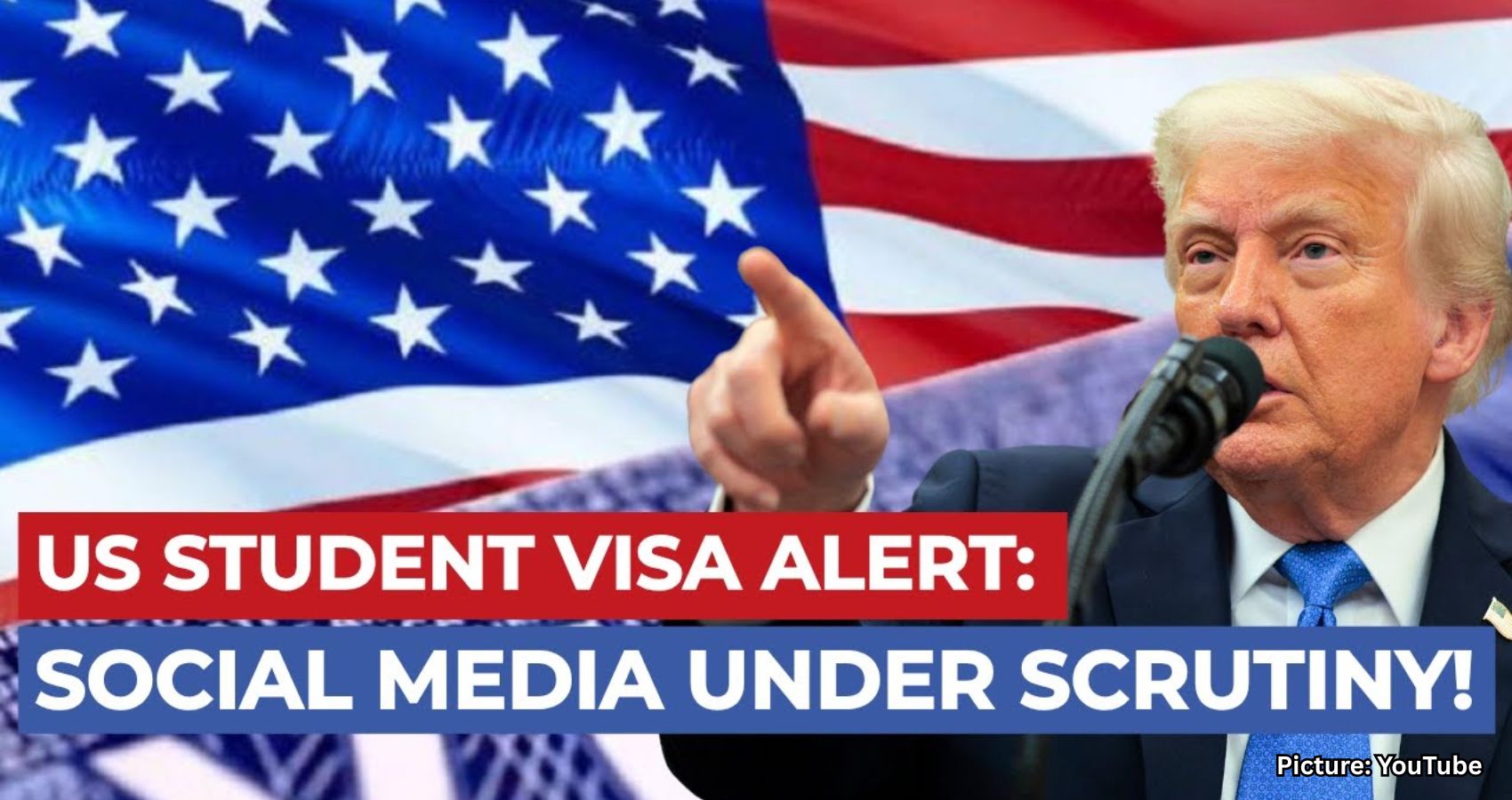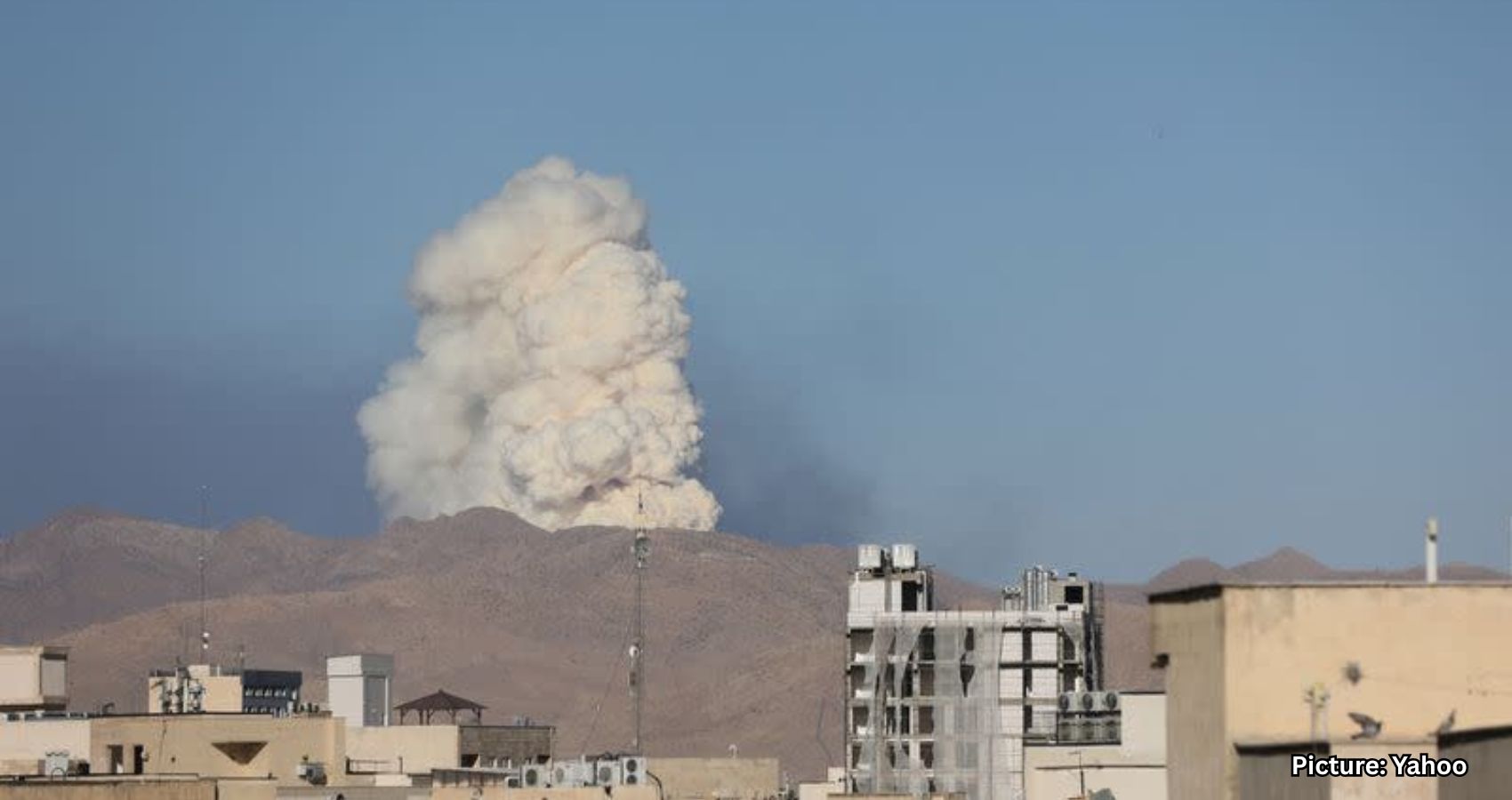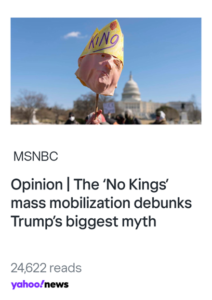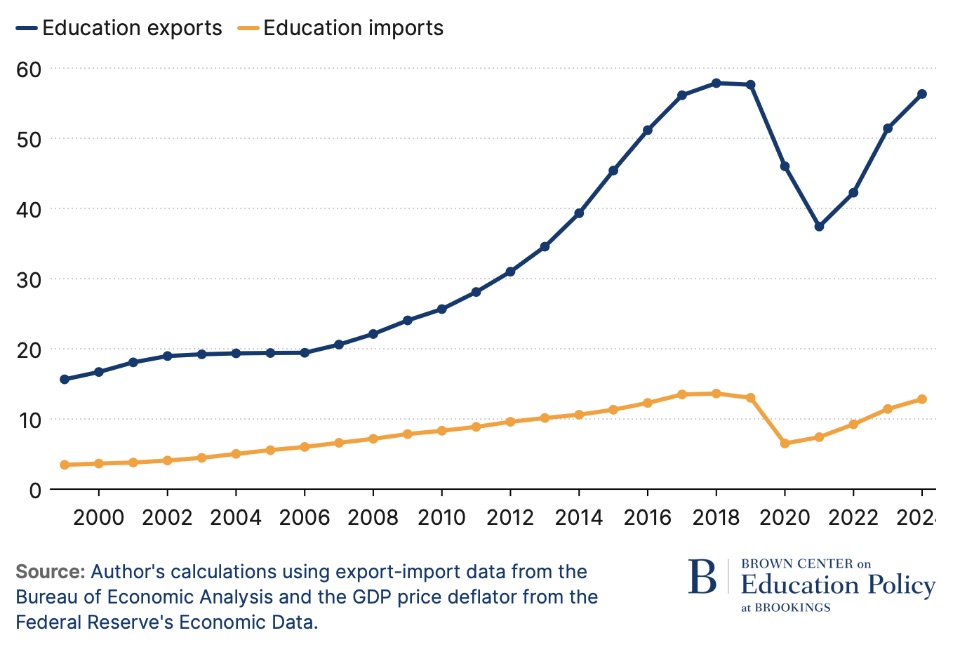Some bonds defy language. Some stories remind us that love isn’t always measured in words, but in relentless searches, sleepless nights, and a heart that simply refuses to give up.
In a world where we’re so often told to move on, to accept loss, and to let go, what happens when you choose to hold on, not to grief, but to the stubborn belief that what you love is still waiting for you? This is the story of Cookie, my 2.5-year-old orange indie ginger cat, who vanished one stormy evening from our second-floor Bengaluru home. It’s about what I learned in the 21 days we were apart. It’s a story of loyalty, resilience, and the invisible threads that tether us to the beings we call family, no matter how small or furred they may be.

The Disappearance
Cookie wasn’t just a pet. He was family. Rescued as a barely-weaned kitten during a monsoon night in our apartment’s parking lot, he had already proved himself a survivor. And so had I. Yet nothing prepared me for the hollow shock of realising he had slipped off our second-floor balcony during one of his regular zoomie episodes. The thought of him, with no outdoor experience, lost in the unforgiving downpour among unfamiliar streets, hostile feral cats, and relentless monsoon winds was unbearable.

The Search
As Joan Didion once wrote:
“Grief turns out to be a place none of us know until we reach it.”
The days that followed settled into a rhythm of dawn to dusk patrols. Armed with the rattle of his treat box and calling out his name, I combed our small community, skimming through each pathway, beneath cars, inside storerooms, near drainage pipes.
Friends, neighbours, and local businesses joined in. Early morning walkers. Night shift guards. WhatsApp groups buzzed with blurry orange cat sightings. Every alert made my heart race, and every false lead left a deeper scar.
Cookie had one peculiar trait, an ominous glaze in one eye, like a star trapped in amber, and tiny black freckles on his lips. Through these 21 days, our society’s hidden feline community also revealed itself.
Every ginger cat sighted gave me a fleeting moment of hope, only to be followed by frustration and heartache. There was a kind of grief I was feeling, a sort that felt like so many unfinished stories. Sharp, metallic, and desperate for any sliver of hope.
I was fast realising what a personal toll this search would take on me and the unique challenge of the upcoming days and weeks. Despite that, I was fierce in the belief that I still had time and I could bring upon a happy ending to this search with my sheer determination to get my little boy home.
People told me to stop. Some pointed out that cats forget their humans after a few days. WhatsApp admins asked me to take my “cat talk” offline, and an acquaintance even consulted a pet psychic who ominously declared that after five days, it was “too dark” to sense him anymore.
It was slowly dawning on me that my hope was uniquely keeping me focussed. It was very very personal. It sounded like the quiet voice that whispered to me ‘try again tomorrow’.
So, through all this, I continued. Quietly. Stubbornly.
I knew Cookie—his habits, his temperament, his resilience. I knew he wouldn’t leave us by choice. I believed he was waiting.
After all, some loves aren’t meant to be let go, only chased through rain-soaked nights and dark, scary heartworn streets. Some hearts are stitched together by the ones who wait for us in silence, in shadows, in storm-soaked corners of the world.
We don’t always find what we’re looking for, but sometimes love makes you search anyway, because to stop would be to betray the part of you still brave.
The Breaking Point and the Breakthrough
On Day 20 of my search, a neighbour, posted in our society’s WhatsApp group. He’d seen an orange cat blur near the car park at midnight. I noticed in his Profile picture that he had a French beard so similar to my husbands and that it must have momentarily confused our Cookie to reveal himself to him in the carpark, It rekindled my hope.

The next evening, a few ladies on their evening walk reported a limping ginger cat approaching them from under a car. One of the ladies I recall even had curly hair like I had at that time. Our little boy was desperately looking for me too. I rushed down and spoke with them. They told me he was scared so he hid again behind the cars but he looked exhausted, limping with a swollen leg and tired bloodshot eyes. I knew, without a doubt, it was him. They saw my Cookie.

That night, my search became even more intense. I called out to him, begging into the thick night air, drenched to my skin in the relentless monsoon. I searched until 4 a.m. The strength I showed that day was my reminder that grief is not always tears. Sometimes it’s the sound of your own name called into empty spaces, hoping to be heard.
It is then that moment arrived. I had just returned home to grab a quick bite before heading out again. My phone rang. To me the ringing tone sounded louder than usual. I picked up and the voice on the other side was our night guard, “Madam, one orange cat is here. I think it’s yours. He’s limping near the car park.” It was now 6:30 in the morning.
I ran as fast as I could to the car park, and there he was, behind the car park. Set of shining cat eyes connect with mine. My joy has no bounds. I smile my widest smile and shout out his name, my voice sounding almost like a crazed maniac. My boy had finally emerged.
The initial euphoria didn’t last for long, as in true indie male cat style, he bolted skittishly just to disappear behind the cars again. I saw his location this time. He was not going to win today’s game of “Hide and Seek.” This was it. I knew this was his way of letting me know he was alive.
I called our friend, also the President of the society, who promptly called his team to help me in the car park. “Mission Cookie” was officially coming to an end.
With help from neighbours, society managers and guards, we set up a makeshift football net covering around the car where he was last seen. After four hours of coaxing, some angry growls, hesitant peeks, the dehydrated, tired but still feisty shadow of my once-lively cat emerged. His wounds told stories I’ll never fully understand. He was terrified. I talked him down and continued soothing him with his favourite words and talk as the net started narrowing down on him.
He was safely pacified in that net blanket. He didn’t understand it then and kept hissing at the guards and our neighbours, always turning to look straight at me as if to confirm if he still needed to keep hissing or was he really safe.
Finally, it was time. He was now very close to returning home and I could see in his relaxed demeanour that he knew that he could now breathe easy.
As we opened our home’s front door, Cookie bolted out of the net blanket and ran straight under the safe confines of our living room sofa, where he stayed for a full 24 hours, too scared to let me near him. At least he was safe. His doctor reassured me over the phone, advising that Cookie would need time before trusting again and that we should let him just rest till the next day.
Our work was done for the day. That night, I collapsed on my bed with exhaustion and gratitude.
They say that not every miracle arrives with trumpets. Some crawl home, battered and broken, asking only to be held again.
Healing and Heart Lessons
The following morning, our boy had made brief, cautious trips to his food bowls. His frail body and a badly wounded leg were heartbreaking to witness. We managed to get him to his vet. Cookie needed daily drips, medical care, and rest. The vet, now one of my favourite people on this planet, was amazed he hadn’t succumbed to dehydration or infection in this 21 days. Cookie just was like a small baby, letting her take his X-rays and administer the IV and the various vaccines.

For five consecutive days, Cookie received IV drips and his leg wound was cleaned and dressed. My daughter stepped up to help him on his road to recovery. Frequent cuddle sessions, timely medicines, and gentle comforting even some play acting, making him a crown of fresh flowers. She took charge and showered him with attention and care even ensuring his visits to the vet were comfortable and stress free for him. Slowly but surely, our little survivor began to heal.




What The Numbers Say
According to a 2025 Pet Welfare India report, 80% of urban pet cats who go missing are never found. Studies also reveal that pet-human bonds are neurologically similar to those between mothers and children, with both species releasing oxytocin during interactions (University of Oregon, 2024). Behavioural psychologists note that resilience in grief situations is often fueled by a deep personal sense of connection, precisely what drove me to keep searching when logic told me to stop. I now understand better that the ones who leave holes in our world also leave threads to find them by . Invisible, stubborn, and stitched into our marrow.

Why I Didn’t Give Up
Friends often ask why I exhausted myself for 21 days over a cat. But what they don’t realise is, Cookie is not just a pet. He’s a survivor, like me. A thread of love in the tapestry of my 48-year-old life, too precious to be lost. A neighbour once joked, “I wish someone would look for me the way you did for your cat.” And honestly,don’t we all? Just hoping to be someone’s ‘worth searching for.’ To be remembered. To be someone’s Cookie. Who is to tell? maybe I wasn’t searching for my cat. Maybe I was searching for the piece of my heart that refused to give up on my little boy.
The Bigger Healing
As I bring this deeply personal saga to its end, I’ve realised that sometimes love isn’t about grand gestures. It’s about the hours spent beneath cars, in rain-drenched clothes, with nothing but faith rattling in your hand. The truth is, we all leave pieces of ourselves in the ones we love, and sometimes, it’s those pieces that find their way home. And every time I watch him now, safe and warm enjoying frequent cuddle sessions with my daughter, I’m reminded of what Rumi once wrote: “What you seek is seeking you.” In the end, what saved us both wasn’t the finding, but the refusing to stop looking for each other.


Final Thoughts
The bigger healing, I realised, was mine, a silent understanding between a cat who never gave up waiting and a woman who never stopped searching for him. As author Haruki Murakami wrote: “When you come out of the storm, you won’t be the same person who walked in.” Neither was I. Today, not a day goes by when I don’t look at him sleeping safely beside me and feel like “The Luckiest Girl On The Planet.”
About the author:
 Ancy James is a former television producer who, after a fulfilling 17-year career, chose to step away from the relentless pursuit of output and certainty in favour of retiring from corporate life at age 37 to a slower and more intentional life. In what she calls her act of quiet rebellion, her toddler’s health scare ensured she followed through on this decision and she traded deadlines and huge pay packets for meaningful quiet personal life. Now over 10 years later, She truly believes that our identity isn’t something we prove, it’s something we shape with the decisions we take daily for our loved ones. She now keeps herself busy as an internationally trained Cake Artist and Chef Trainer with a culinary diploma and runs a FSSAI approved business “Ancy’s Sugar Art Academy, in Bengaluru, India. She discovered marathon running in her journey to reversing her bone health diagnosis at age 42. When she is not customising cakes or running, she is busy reading books across the spectrum or spend hours pouring her heart out in these personal memoirs. Through her weekly personal memoirs, she shares raw, honest reflections on grief, resilience, motherhood, midlife reinvention, and the quiet beauty found in overlooked corners of everyday life. At 48, Ancy writes not to impress, but to connect, believing that vulnerability is the birthplace of both healing and growth. In a fast and AI driven world she believes these memoirs are an honest attempt to stay real and relevant as a female writer who is a 100 percent invested in her journey of “Becoming”.
Ancy James is a former television producer who, after a fulfilling 17-year career, chose to step away from the relentless pursuit of output and certainty in favour of retiring from corporate life at age 37 to a slower and more intentional life. In what she calls her act of quiet rebellion, her toddler’s health scare ensured she followed through on this decision and she traded deadlines and huge pay packets for meaningful quiet personal life. Now over 10 years later, She truly believes that our identity isn’t something we prove, it’s something we shape with the decisions we take daily for our loved ones. She now keeps herself busy as an internationally trained Cake Artist and Chef Trainer with a culinary diploma and runs a FSSAI approved business “Ancy’s Sugar Art Academy, in Bengaluru, India. She discovered marathon running in her journey to reversing her bone health diagnosis at age 42. When she is not customising cakes or running, she is busy reading books across the spectrum or spend hours pouring her heart out in these personal memoirs. Through her weekly personal memoirs, she shares raw, honest reflections on grief, resilience, motherhood, midlife reinvention, and the quiet beauty found in overlooked corners of everyday life. At 48, Ancy writes not to impress, but to connect, believing that vulnerability is the birthplace of both healing and growth. In a fast and AI driven world she believes these memoirs are an honest attempt to stay real and relevant as a female writer who is a 100 percent invested in her journey of “Becoming”.

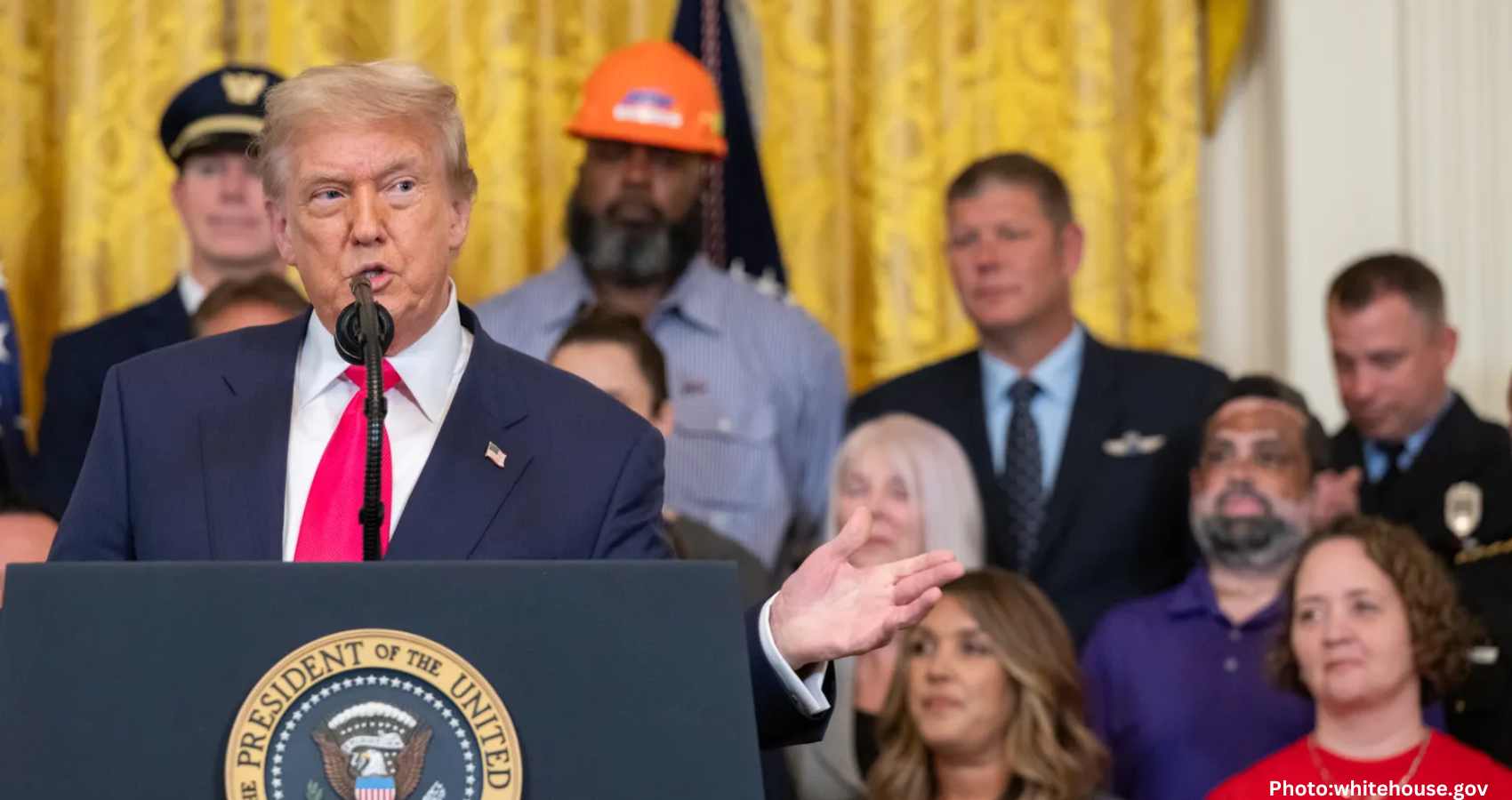

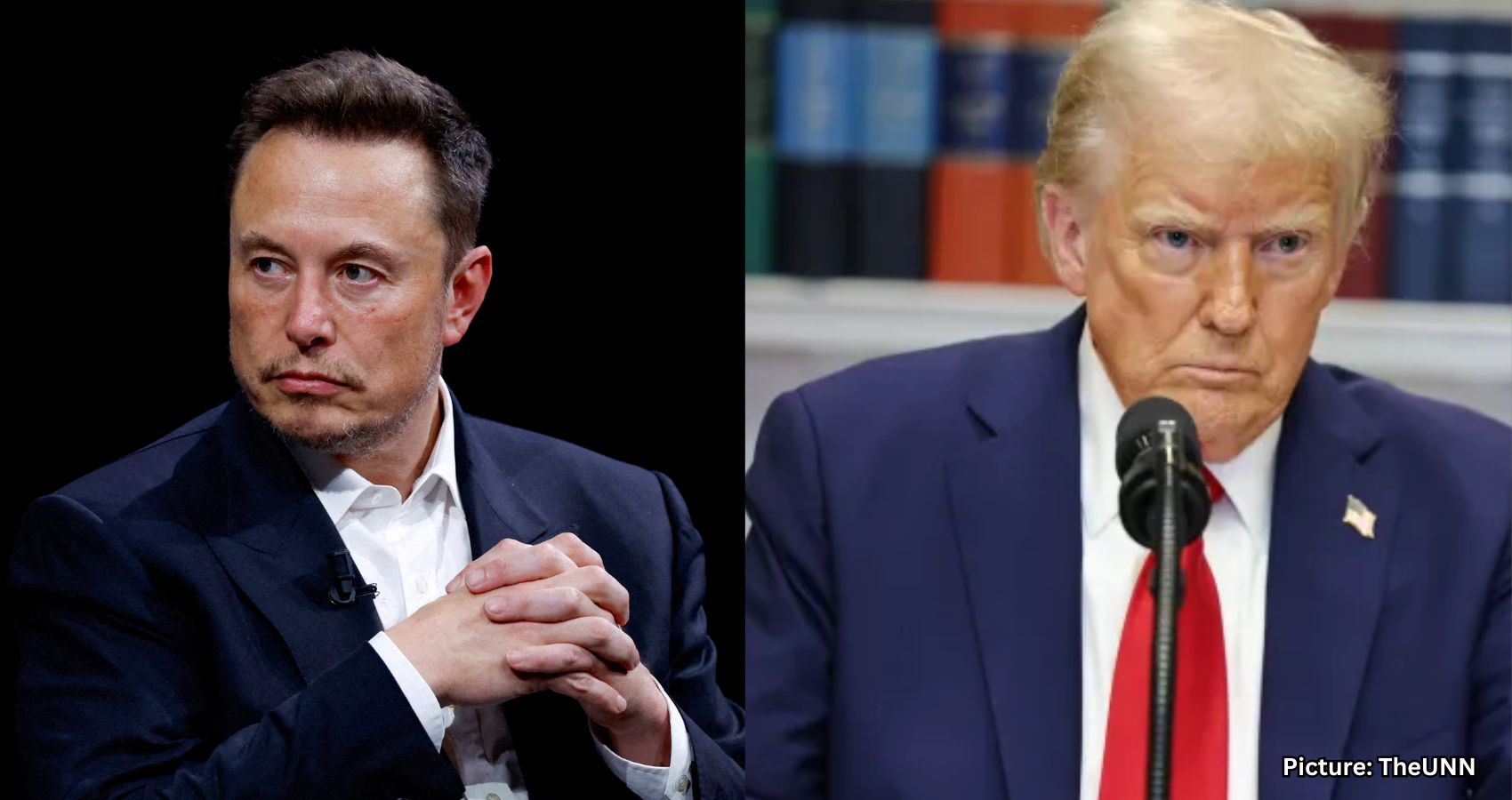

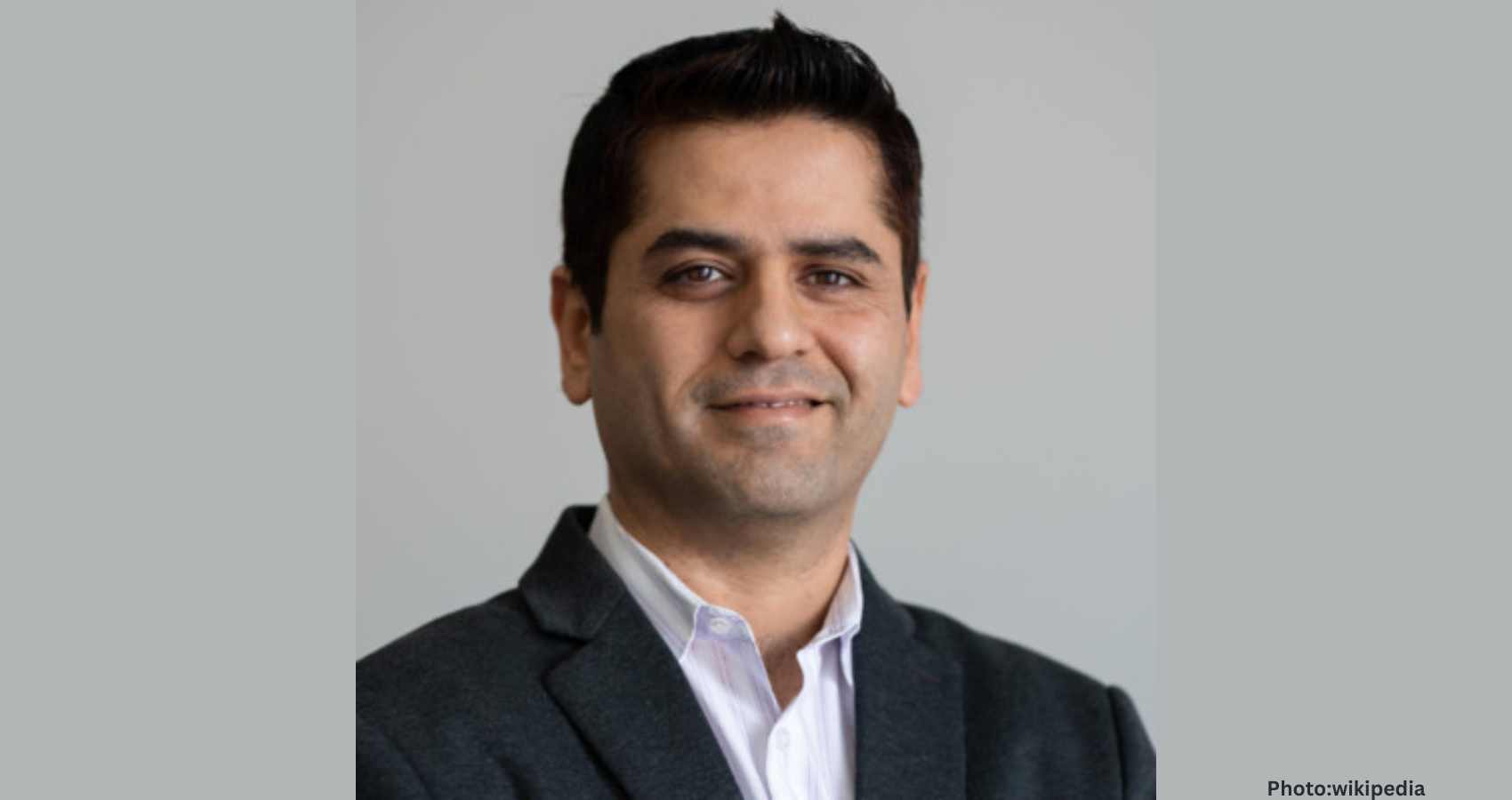
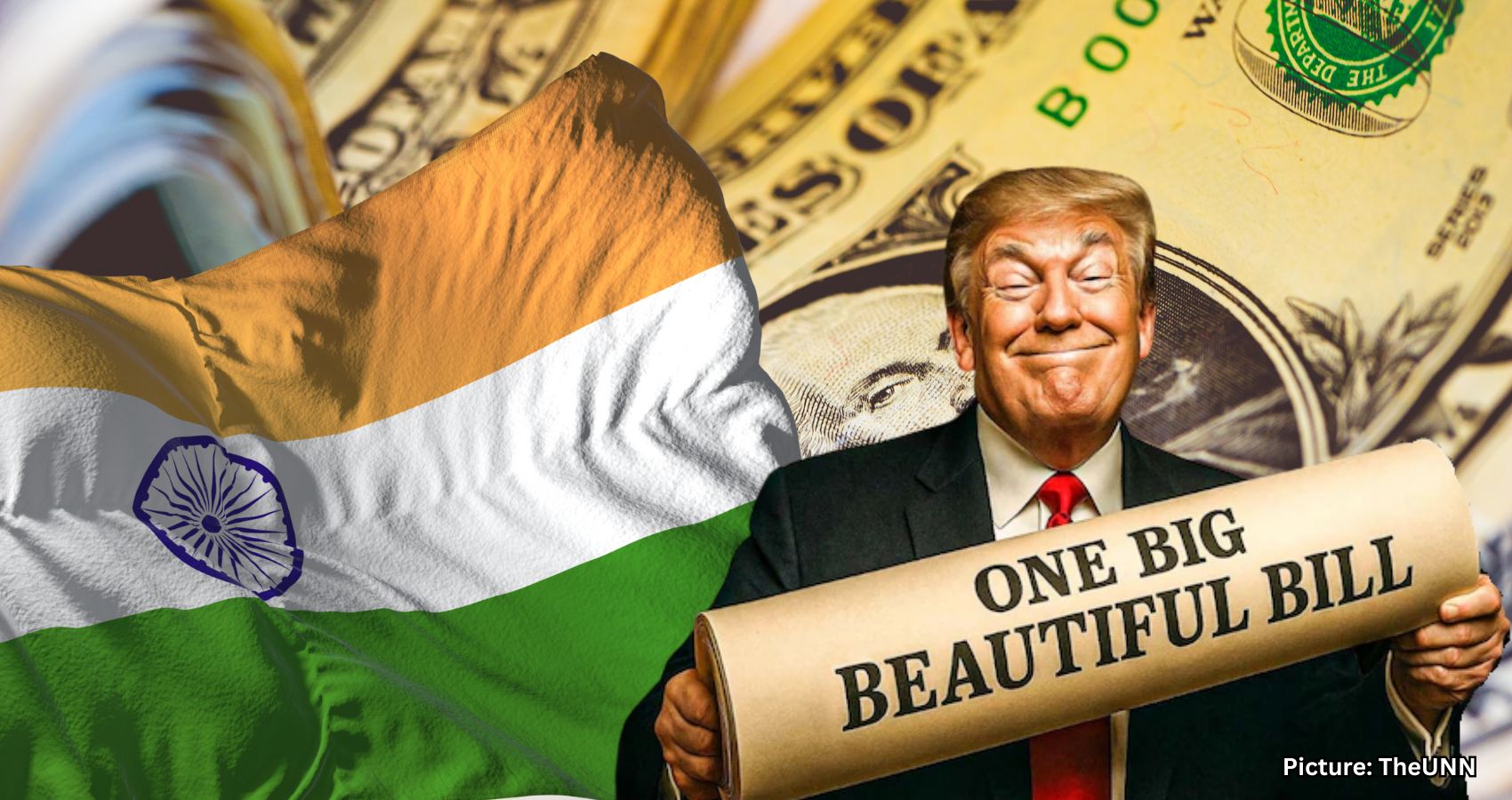
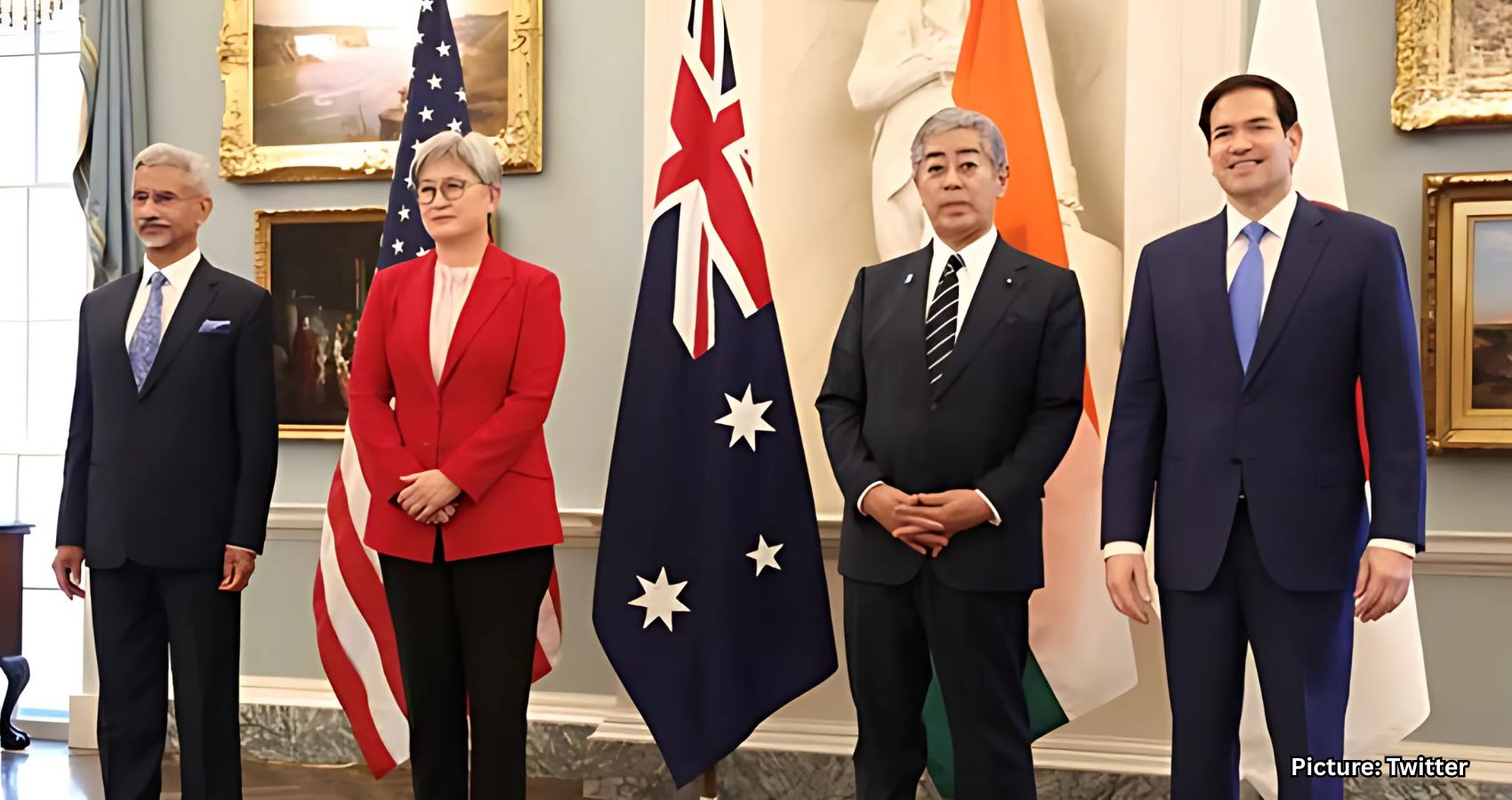
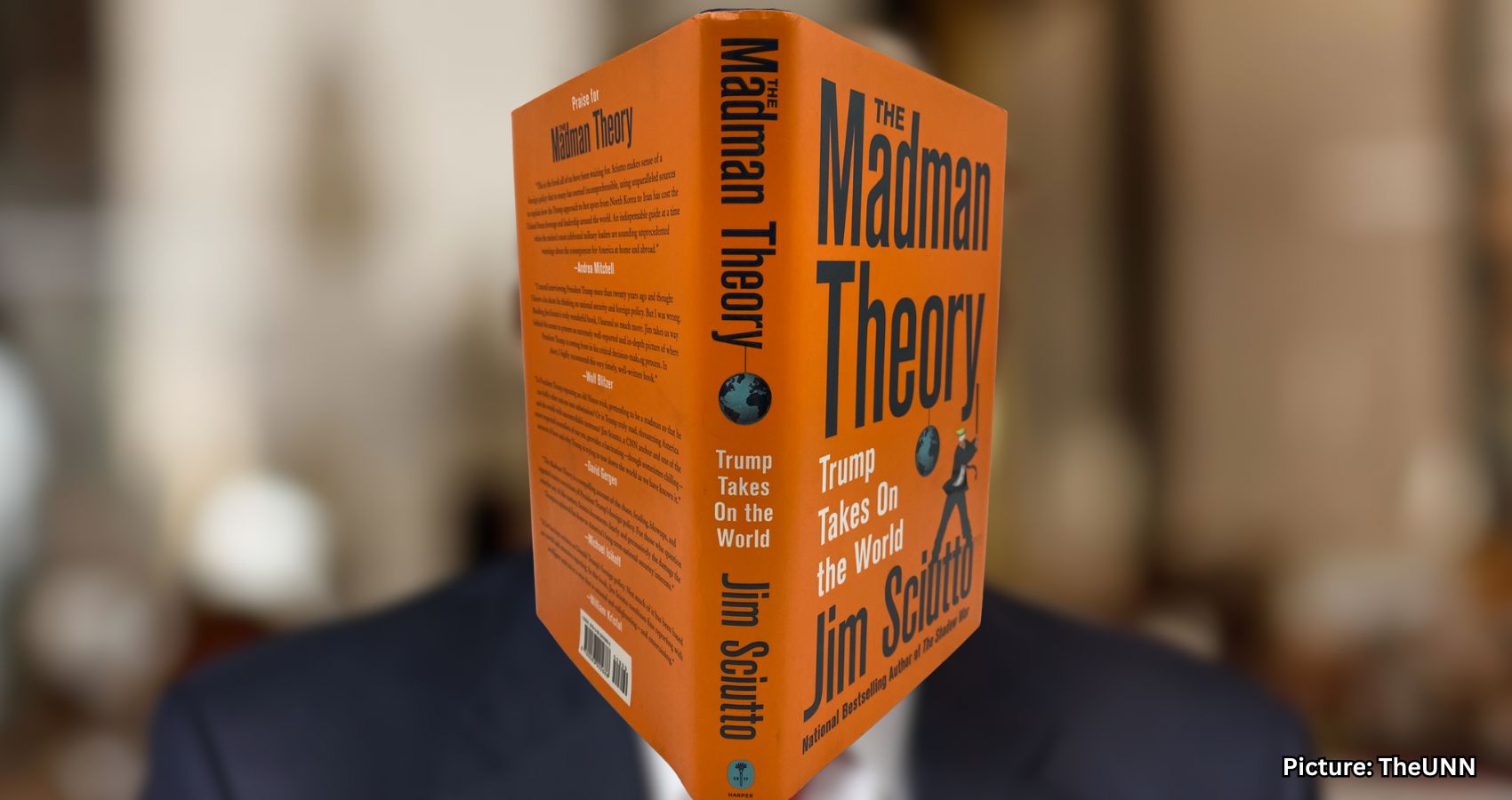
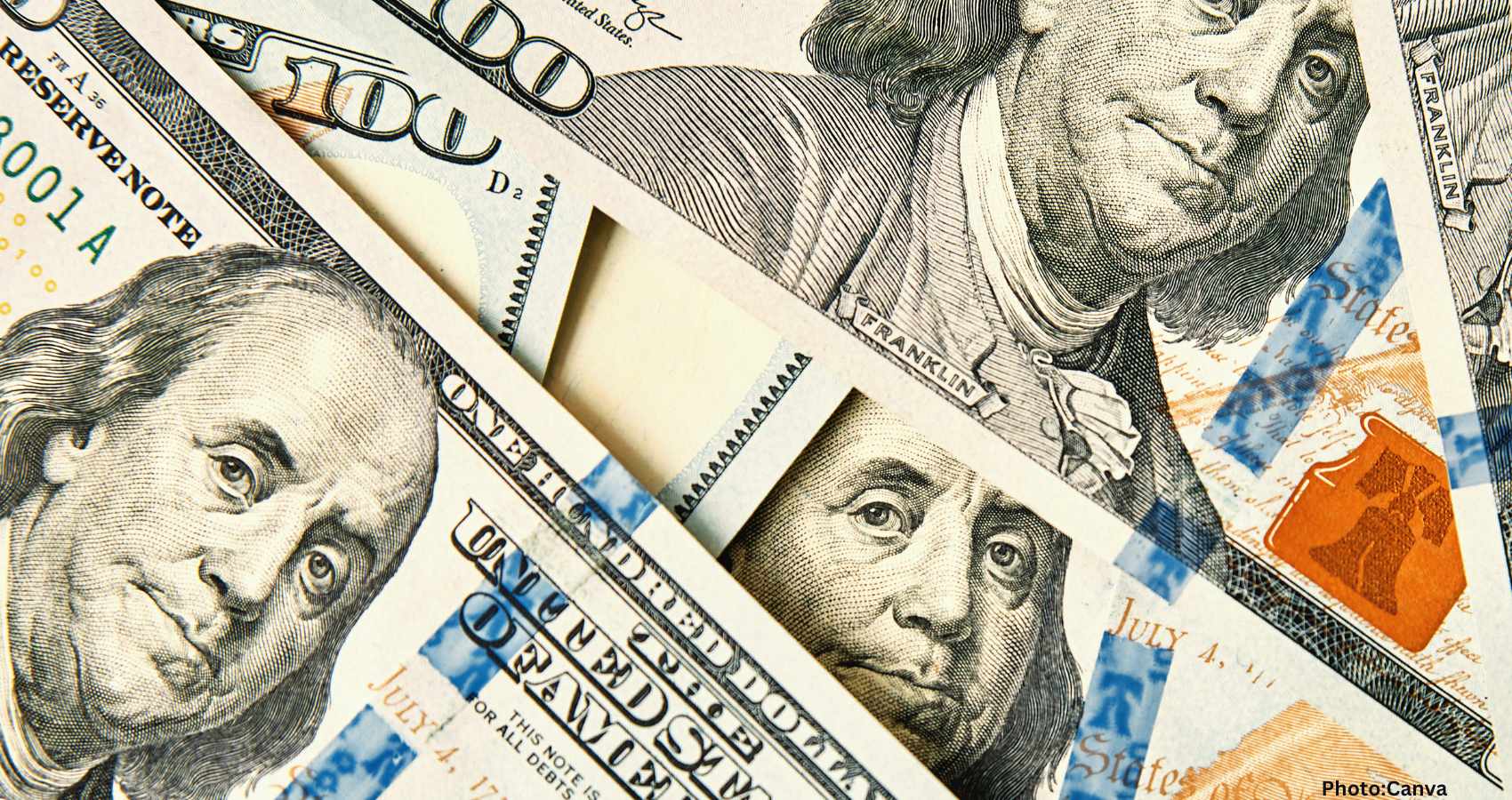













 Ancy James is a former television producer who, after a fulfilling 17-year career, chose to step away from the relentless pursuit of output and certainty in favour of retiring from corporate life at age 37 to a slower and more intentional life. In what she calls her act of quiet rebellion, her toddler’s health scare ensured she followed through on this decision and she traded deadlines and huge pay packets for meaningful quiet personal life. Now over 10 years later, She truly believes that our identity isn’t something we prove, it’s something we shape with the decisions we take daily for our loved ones. She now keeps herself busy as an internationally trained Cake Artist and Chef Trainer with a culinary diploma and runs a FSSAI approved business “Ancy’s Sugar Art Academy, in Bengaluru, India. She discovered marathon running in her journey to reversing her bone health diagnosis at age 42. When she is not customising cakes or running, she is busy reading books across the spectrum or spend hours pouring her heart out in these personal memoirs. Through her weekly personal memoirs, she shares raw, honest reflections on grief, resilience, motherhood, midlife reinvention, and the quiet beauty found in overlooked corners of everyday life. At 48, Ancy writes not to impress, but to connect, believing that vulnerability is the birthplace of both healing and growth. In a fast and AI driven world she believes these memoirs are an honest attempt to stay real and relevant as a female writer who is a 100 percent invested in her journey of “Becoming”.
Ancy James is a former television producer who, after a fulfilling 17-year career, chose to step away from the relentless pursuit of output and certainty in favour of retiring from corporate life at age 37 to a slower and more intentional life. In what she calls her act of quiet rebellion, her toddler’s health scare ensured she followed through on this decision and she traded deadlines and huge pay packets for meaningful quiet personal life. Now over 10 years later, She truly believes that our identity isn’t something we prove, it’s something we shape with the decisions we take daily for our loved ones. She now keeps herself busy as an internationally trained Cake Artist and Chef Trainer with a culinary diploma and runs a FSSAI approved business “Ancy’s Sugar Art Academy, in Bengaluru, India. She discovered marathon running in her journey to reversing her bone health diagnosis at age 42. When she is not customising cakes or running, she is busy reading books across the spectrum or spend hours pouring her heart out in these personal memoirs. Through her weekly personal memoirs, she shares raw, honest reflections on grief, resilience, motherhood, midlife reinvention, and the quiet beauty found in overlooked corners of everyday life. At 48, Ancy writes not to impress, but to connect, believing that vulnerability is the birthplace of both healing and growth. In a fast and AI driven world she believes these memoirs are an honest attempt to stay real and relevant as a female writer who is a 100 percent invested in her journey of “Becoming”.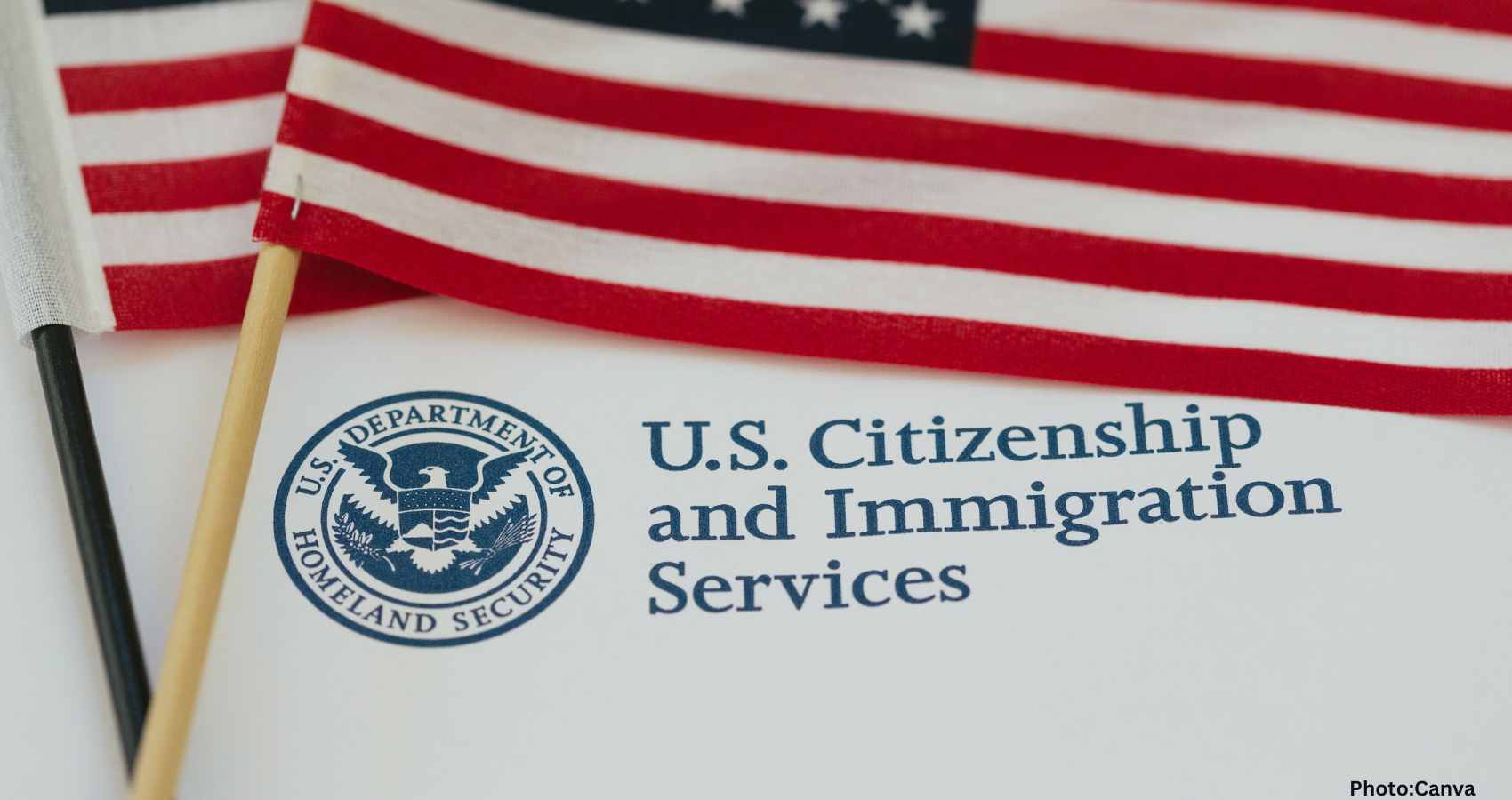
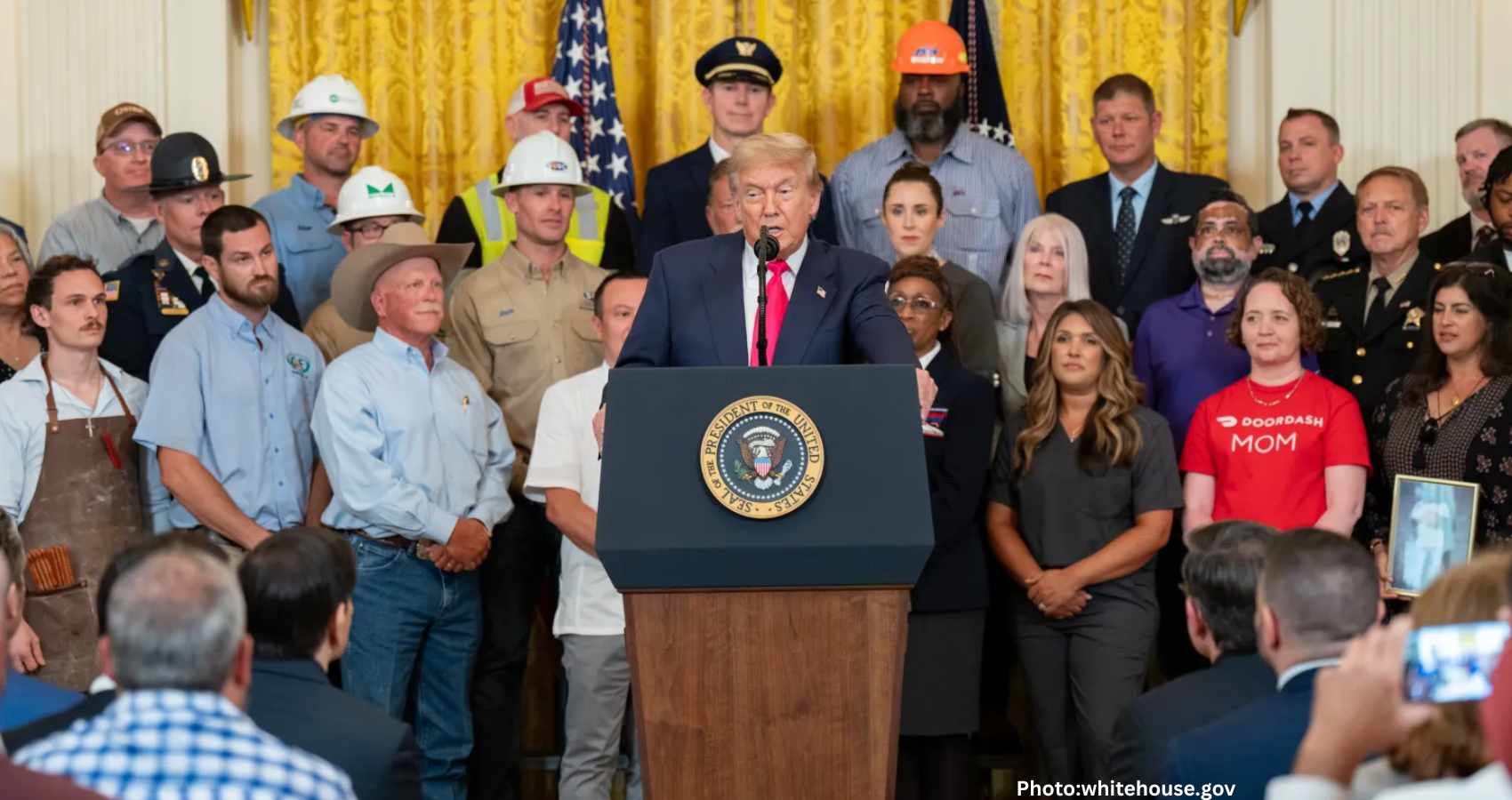
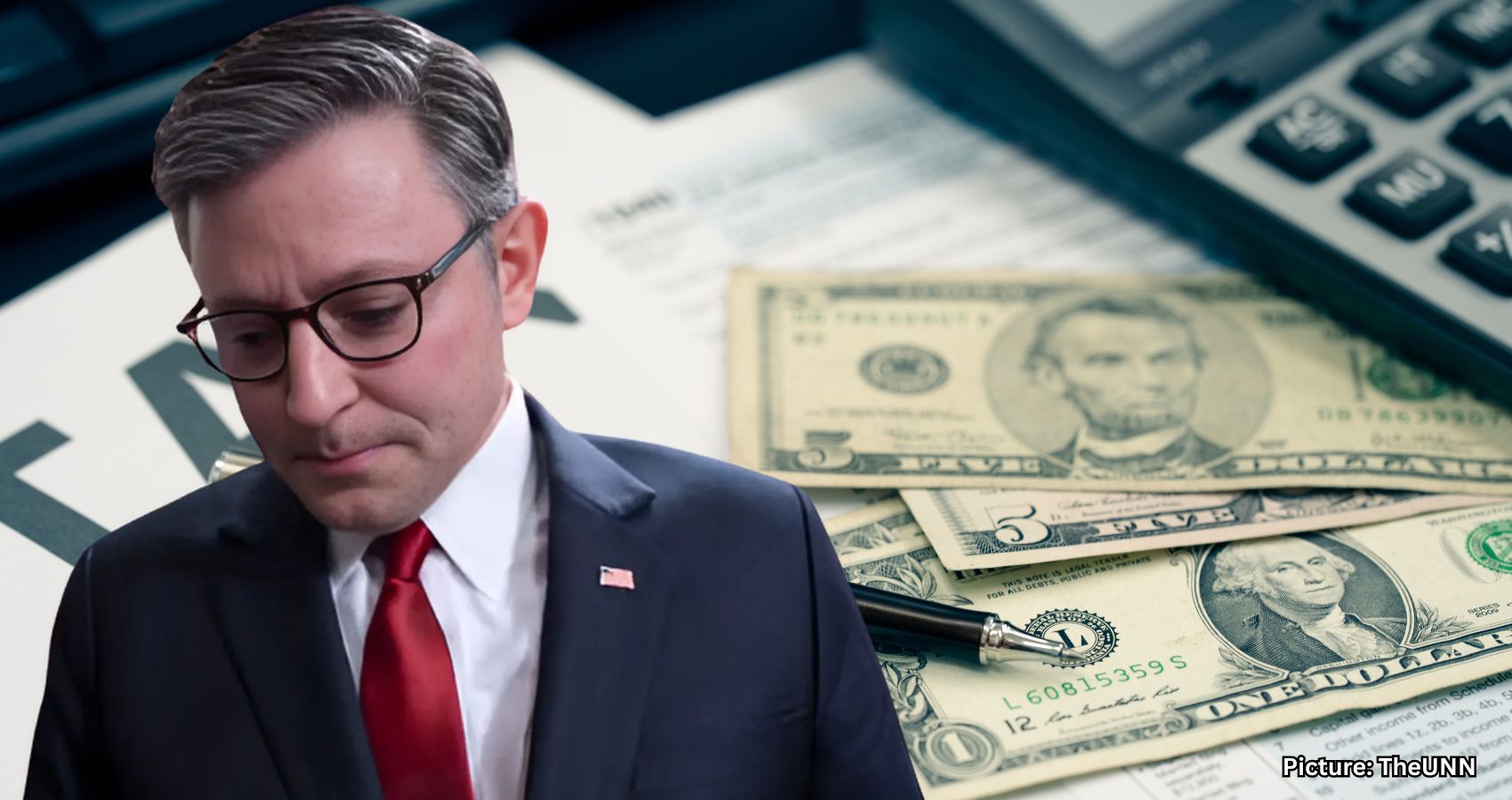
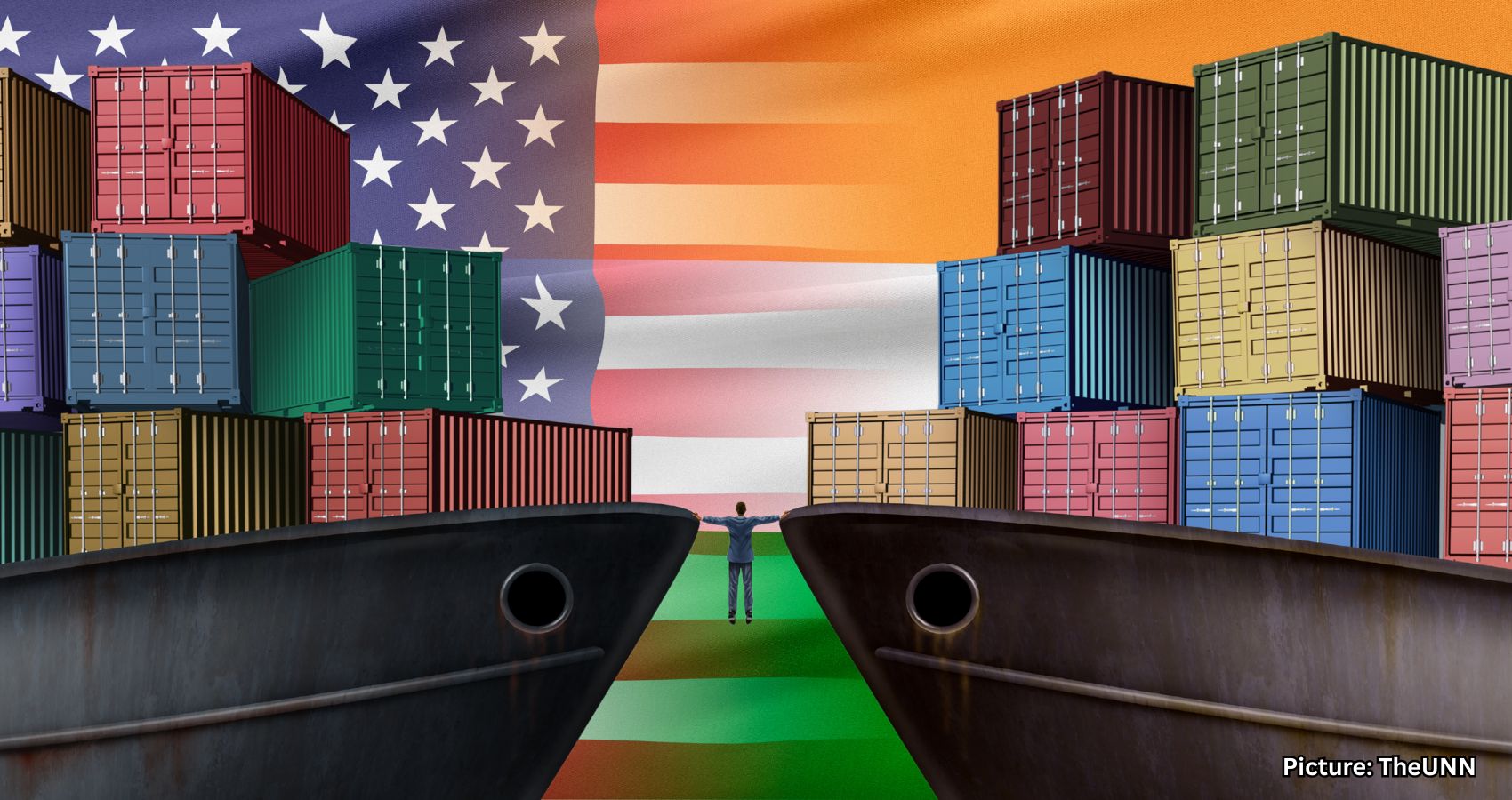

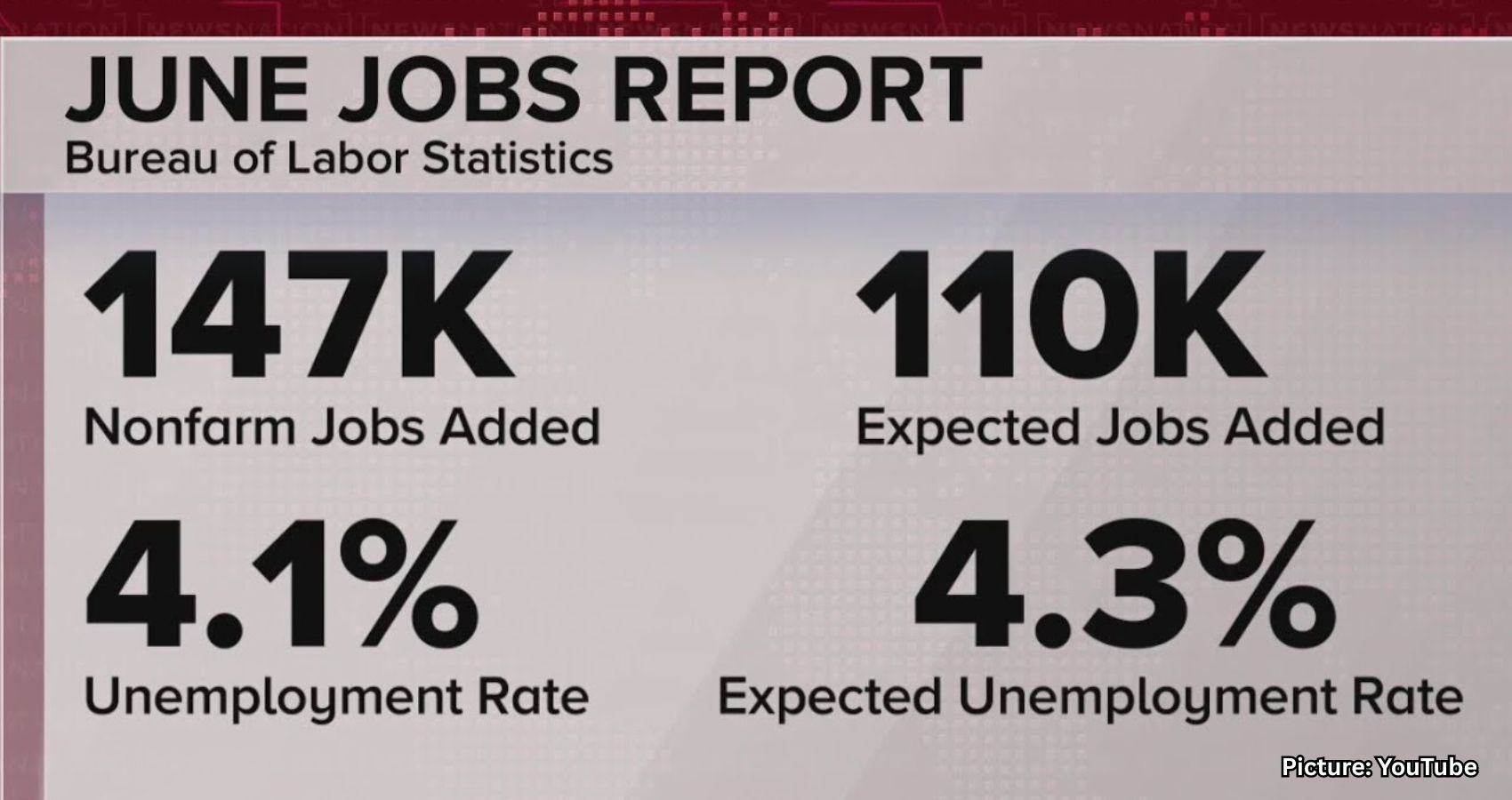
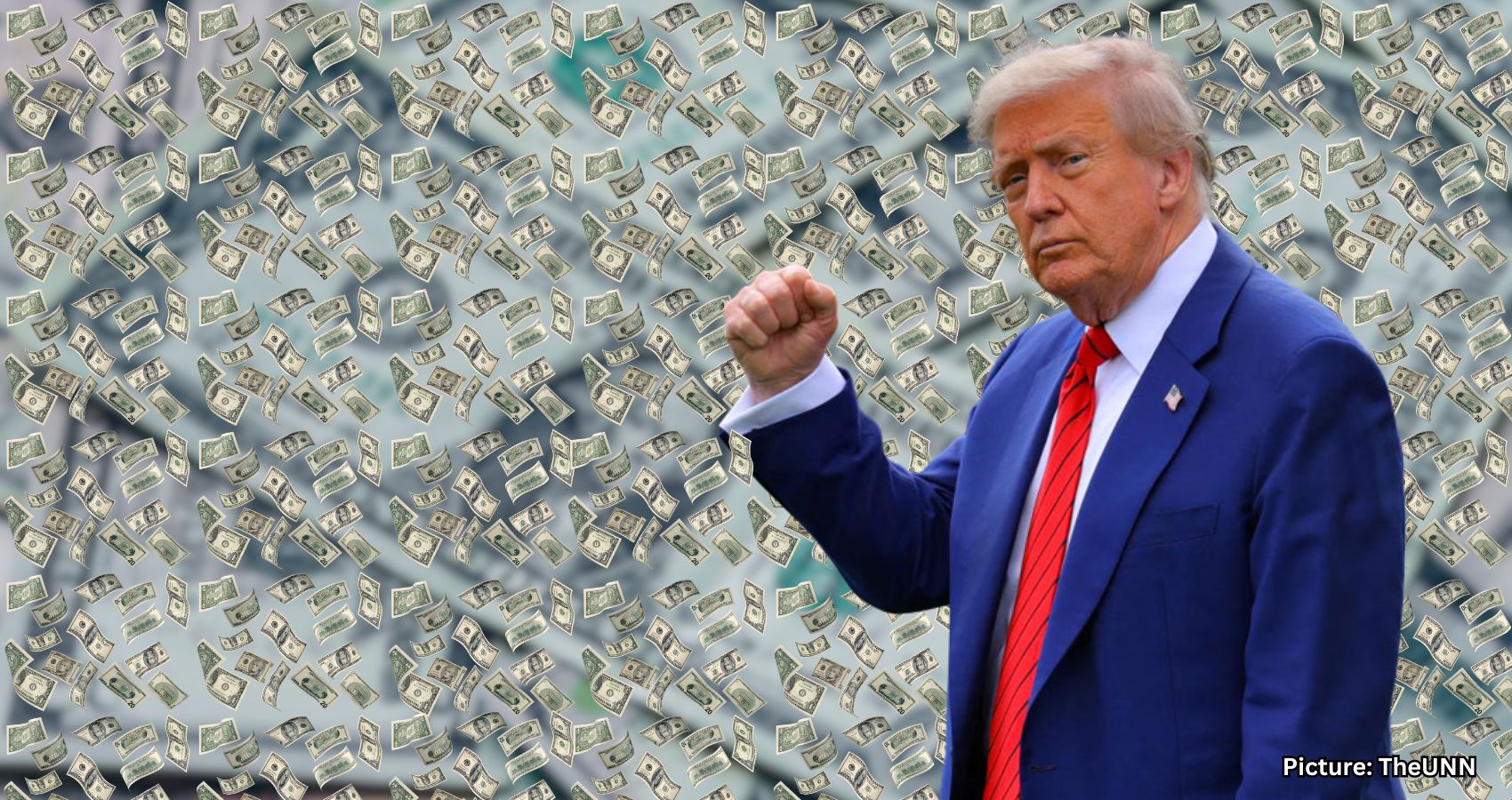

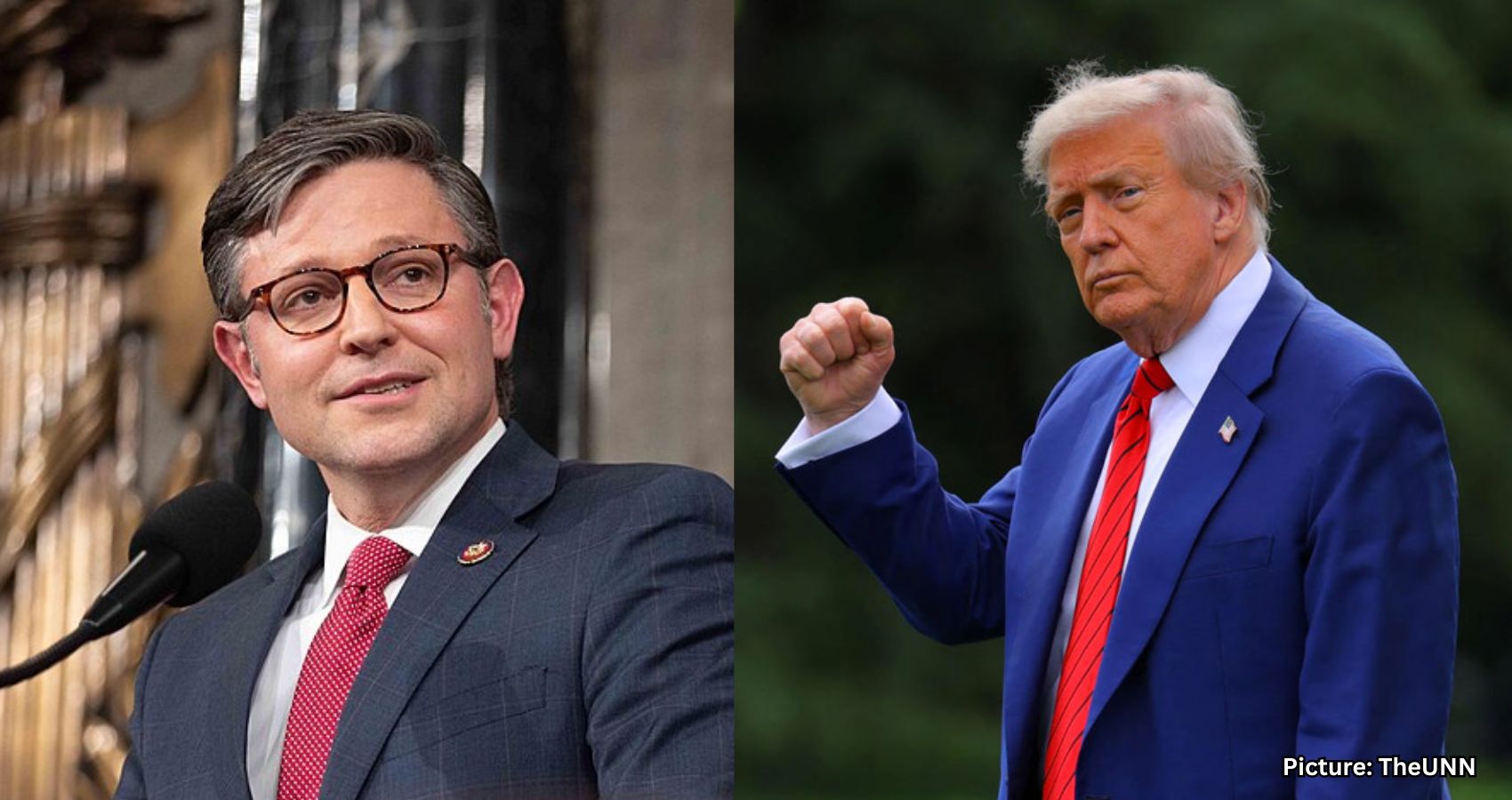

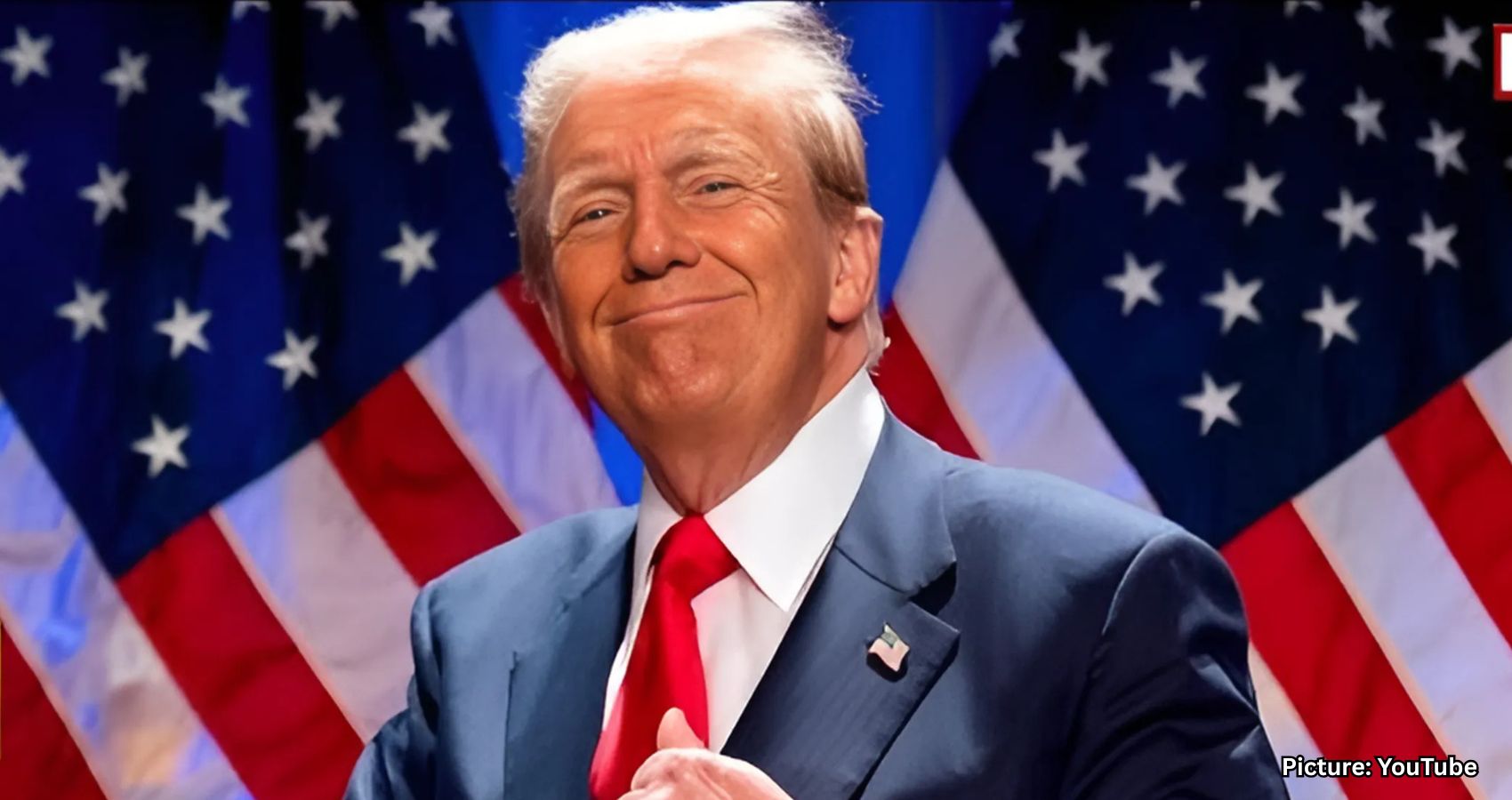
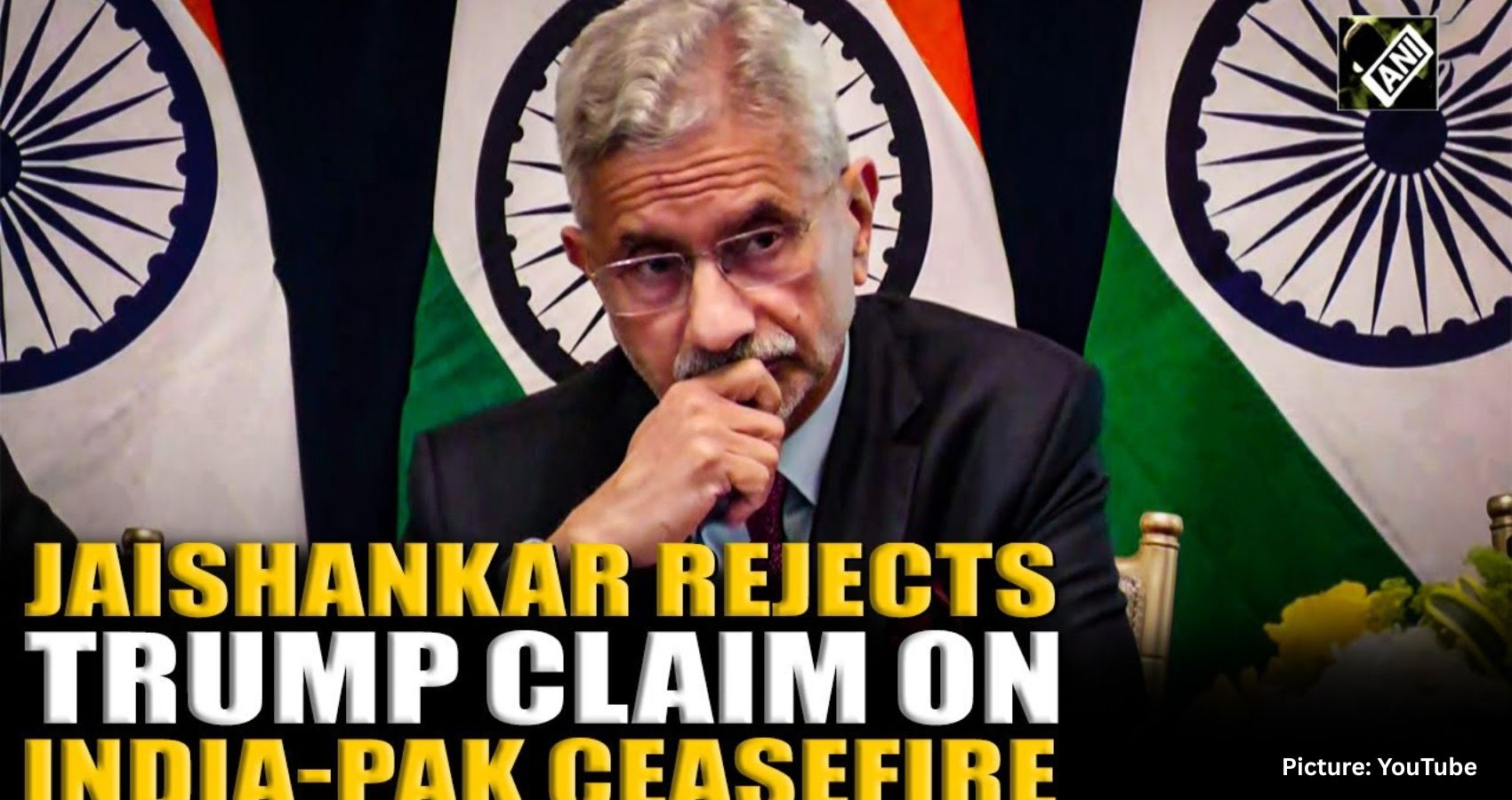
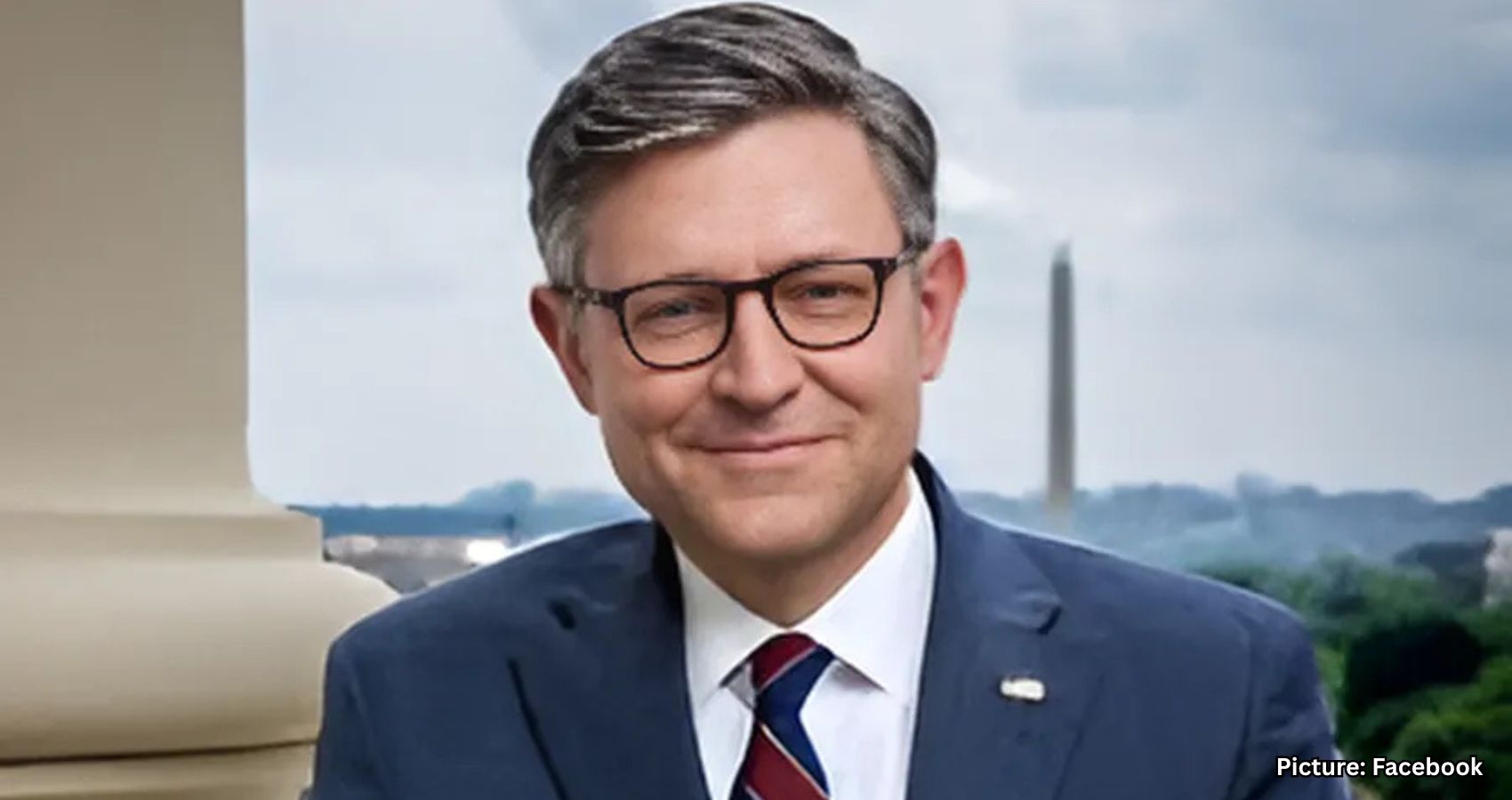
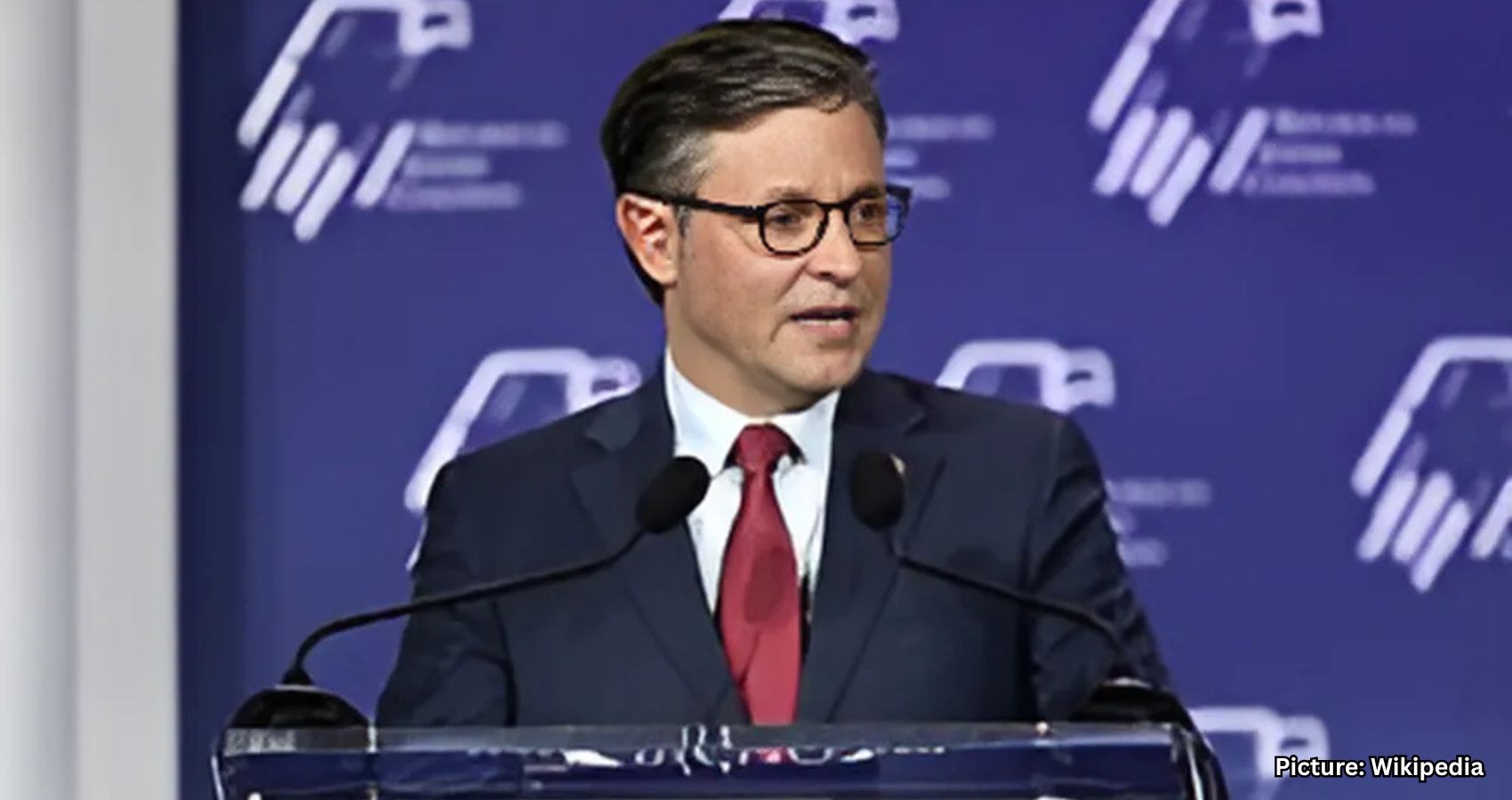
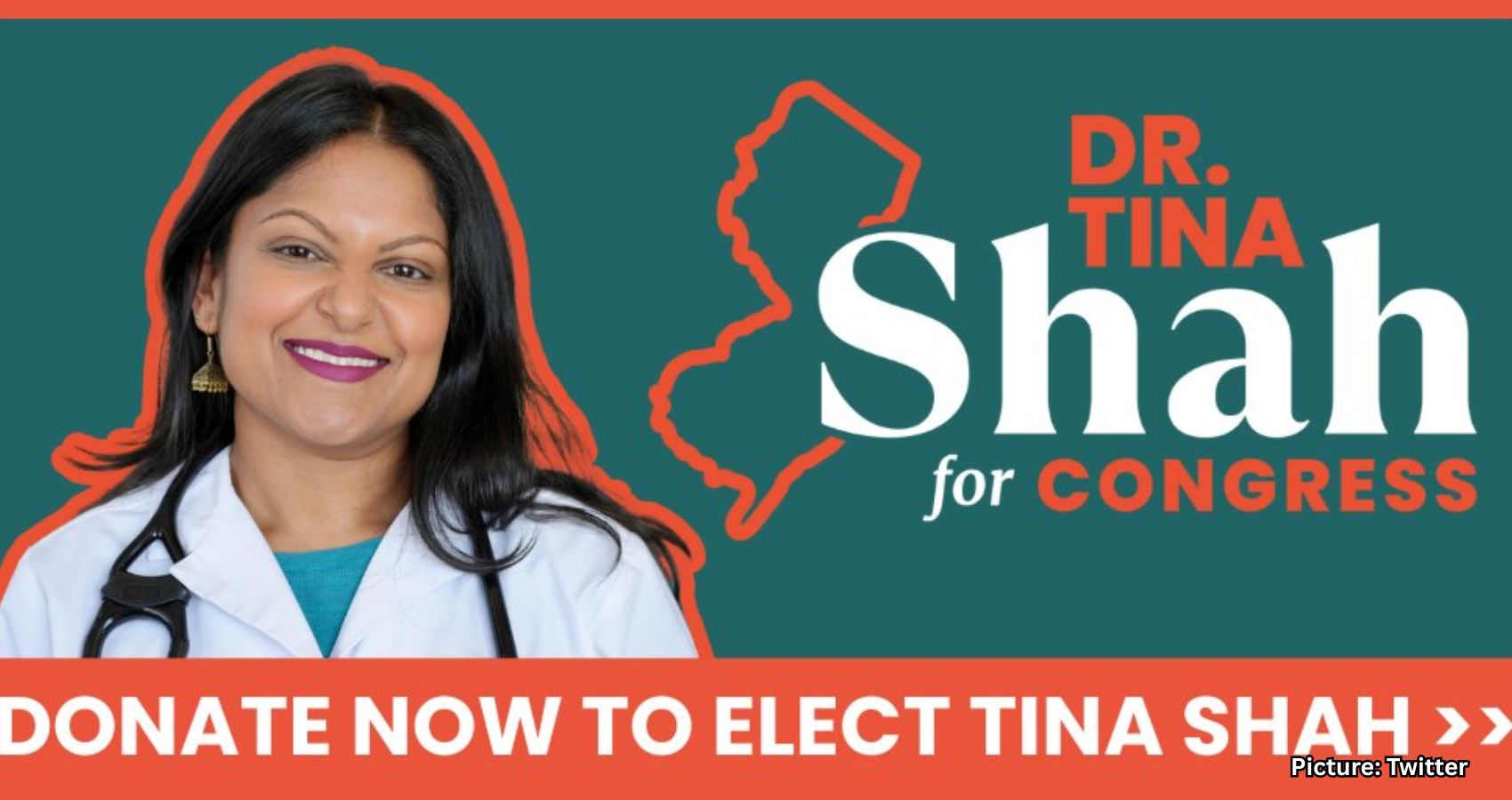
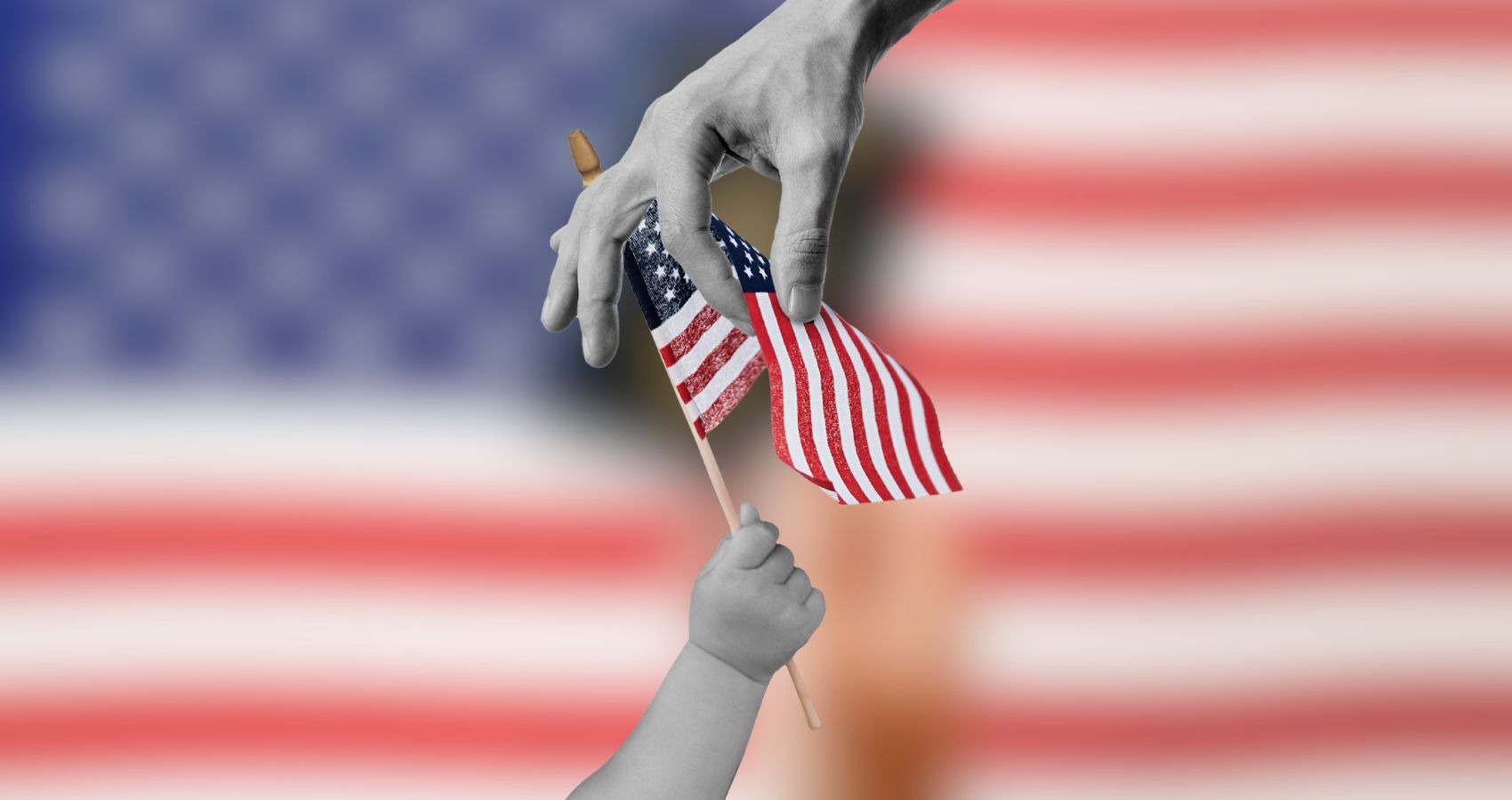
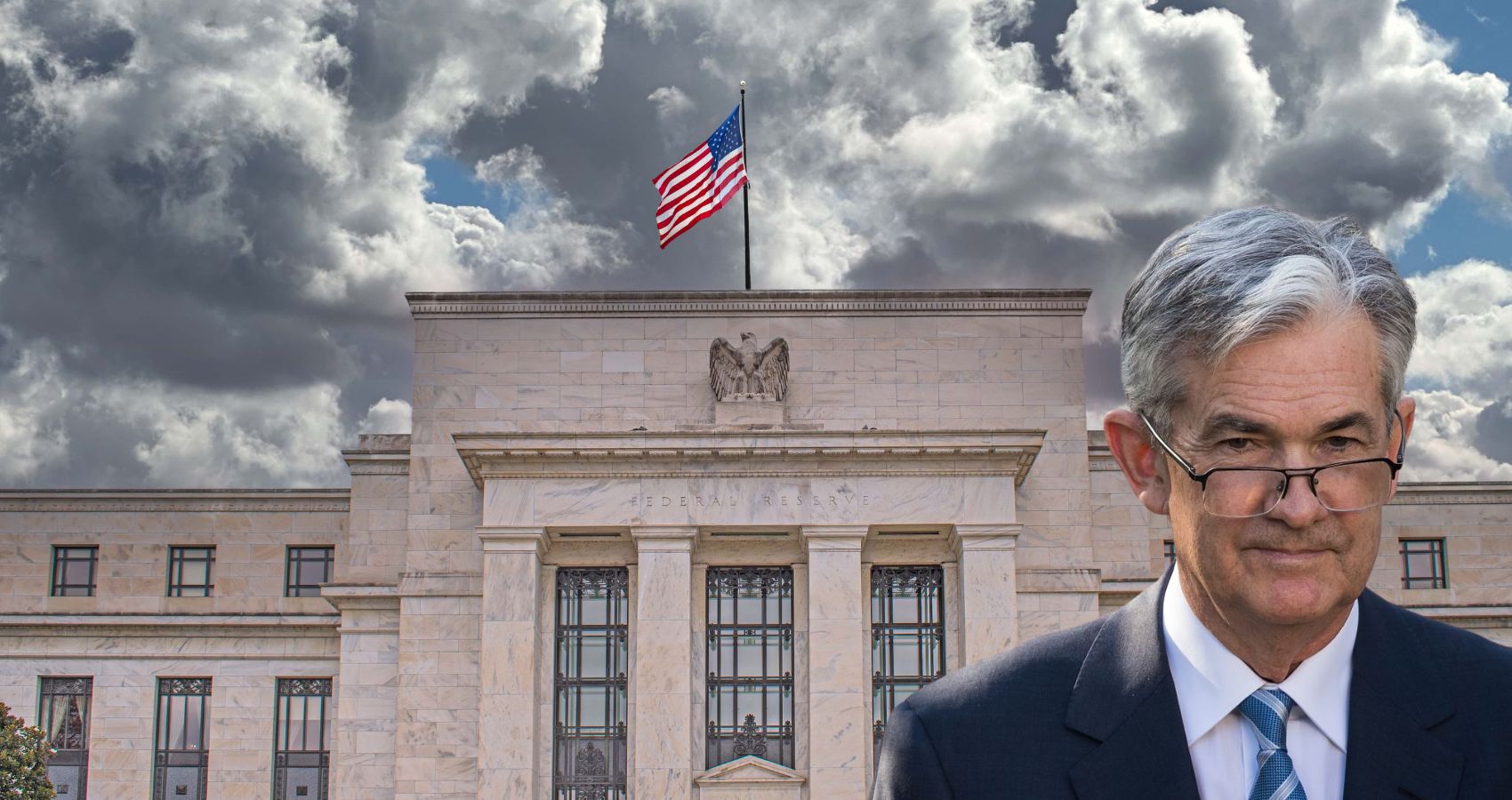
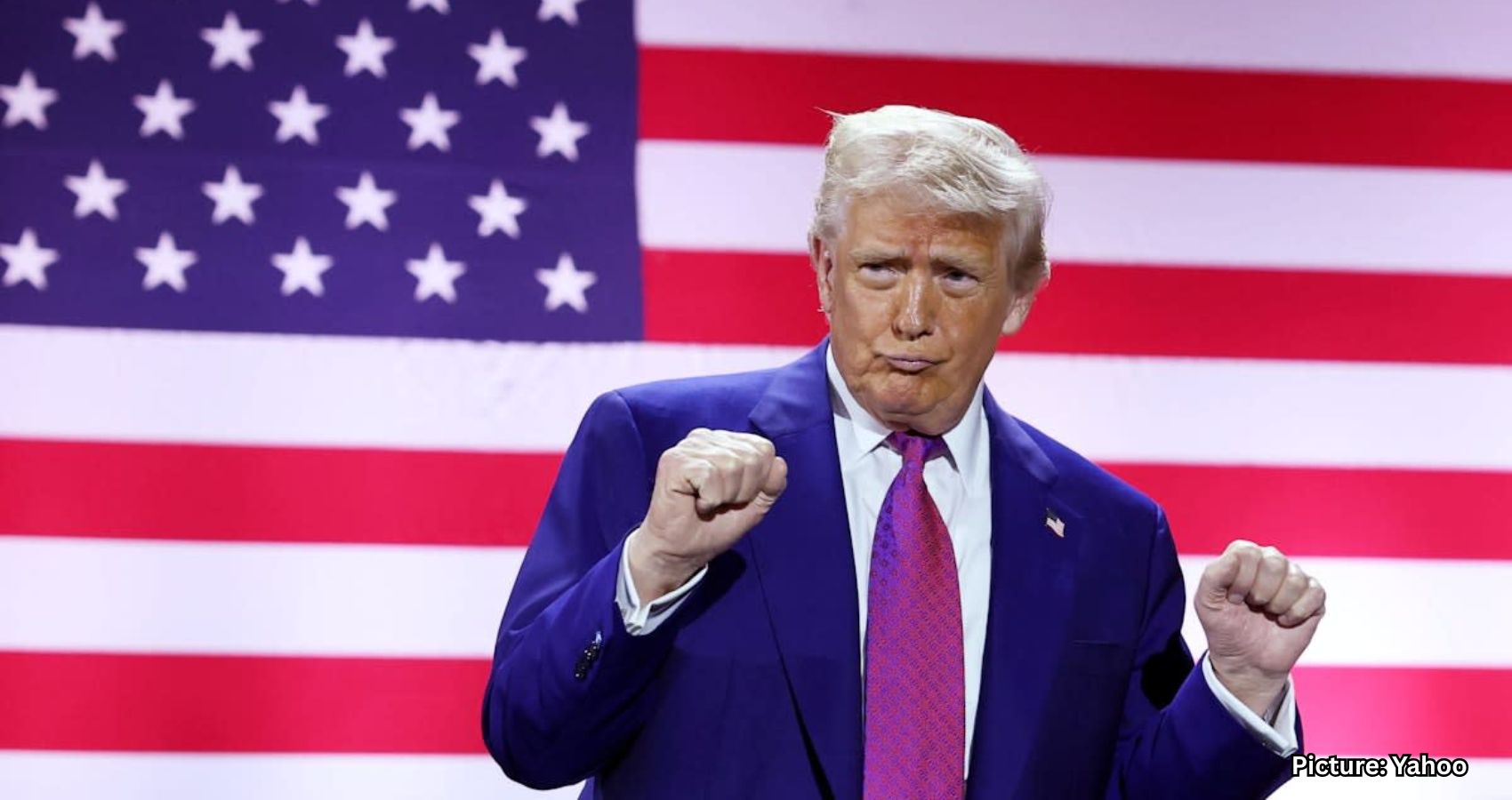


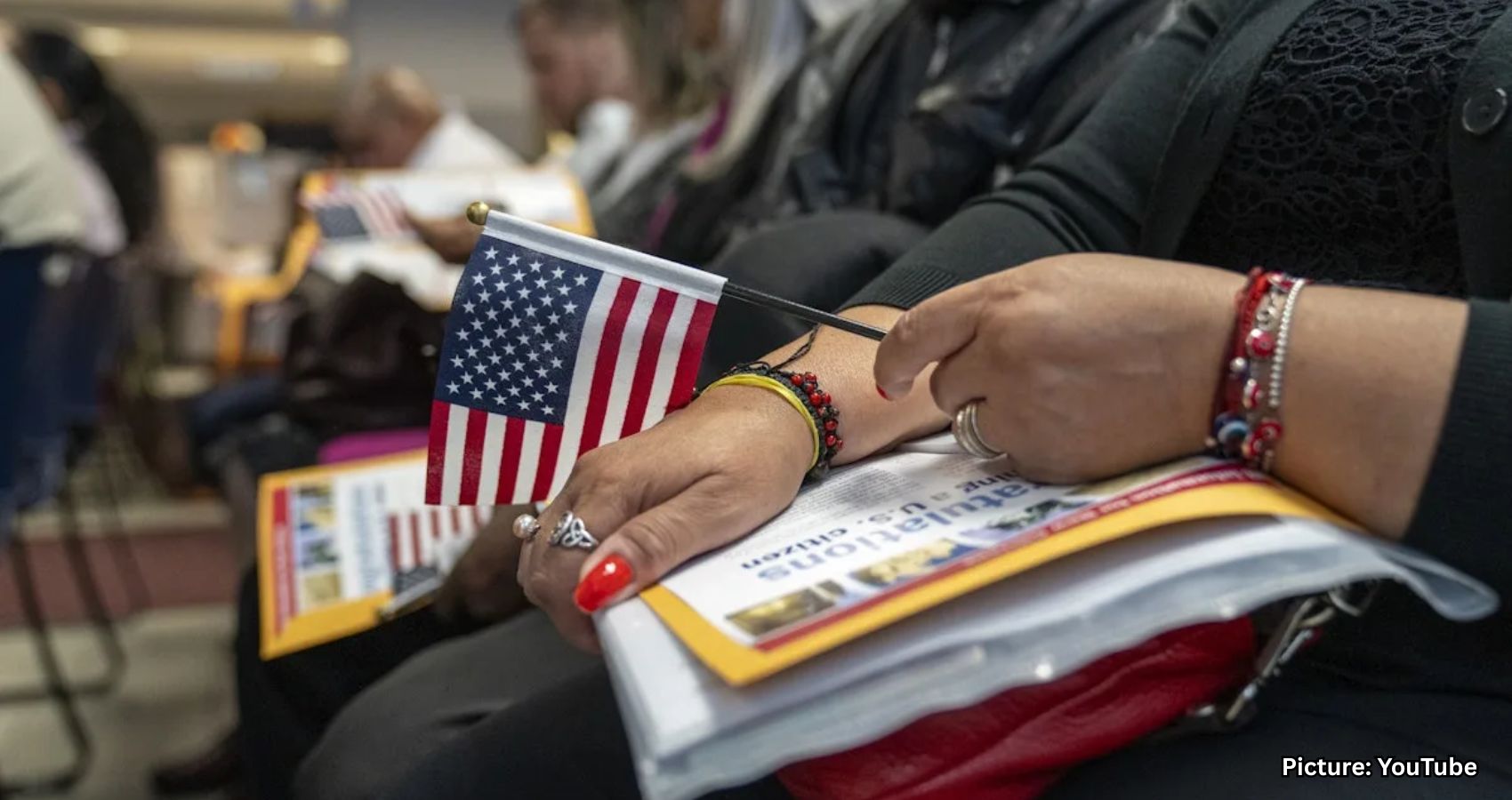
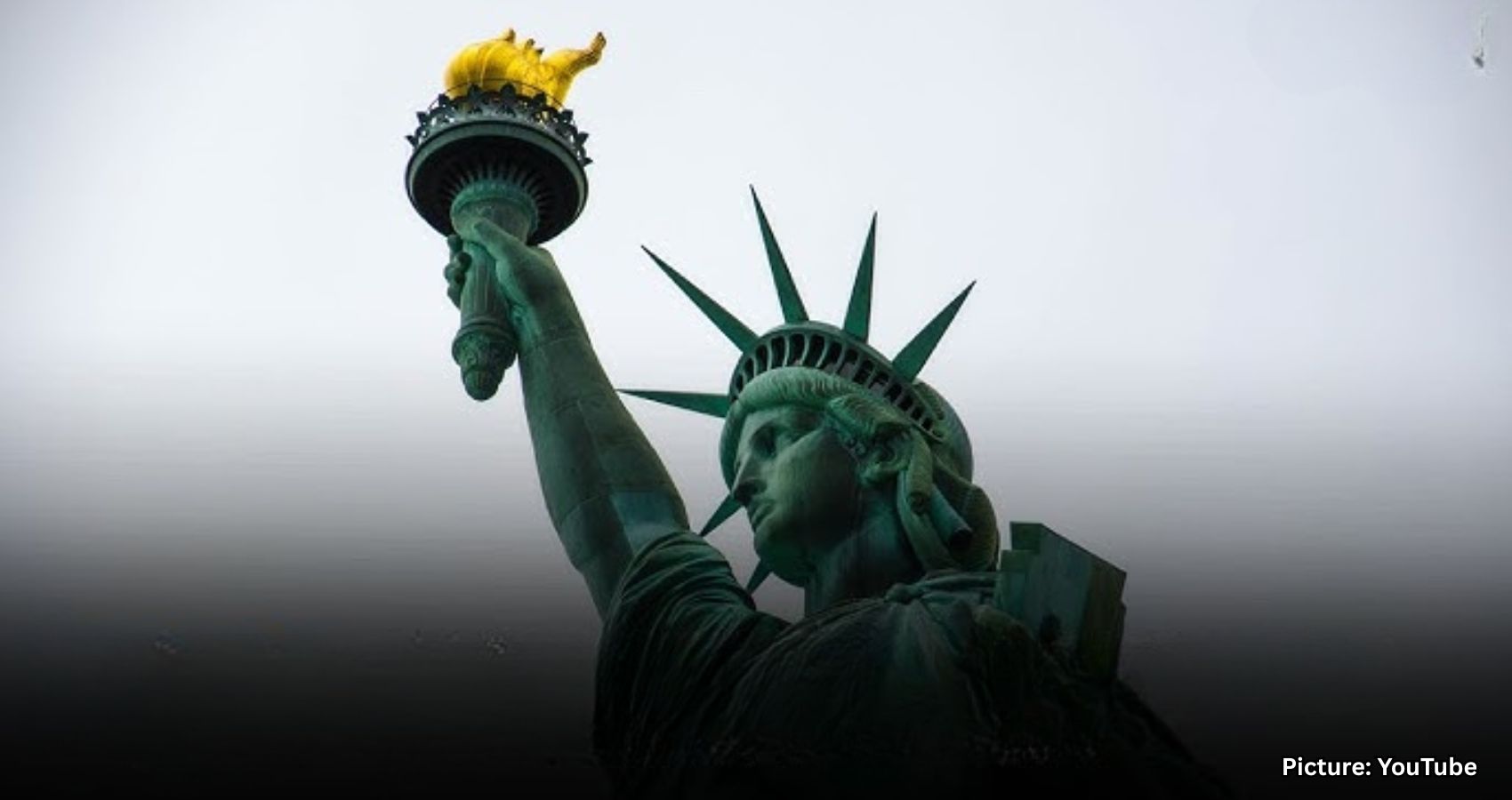
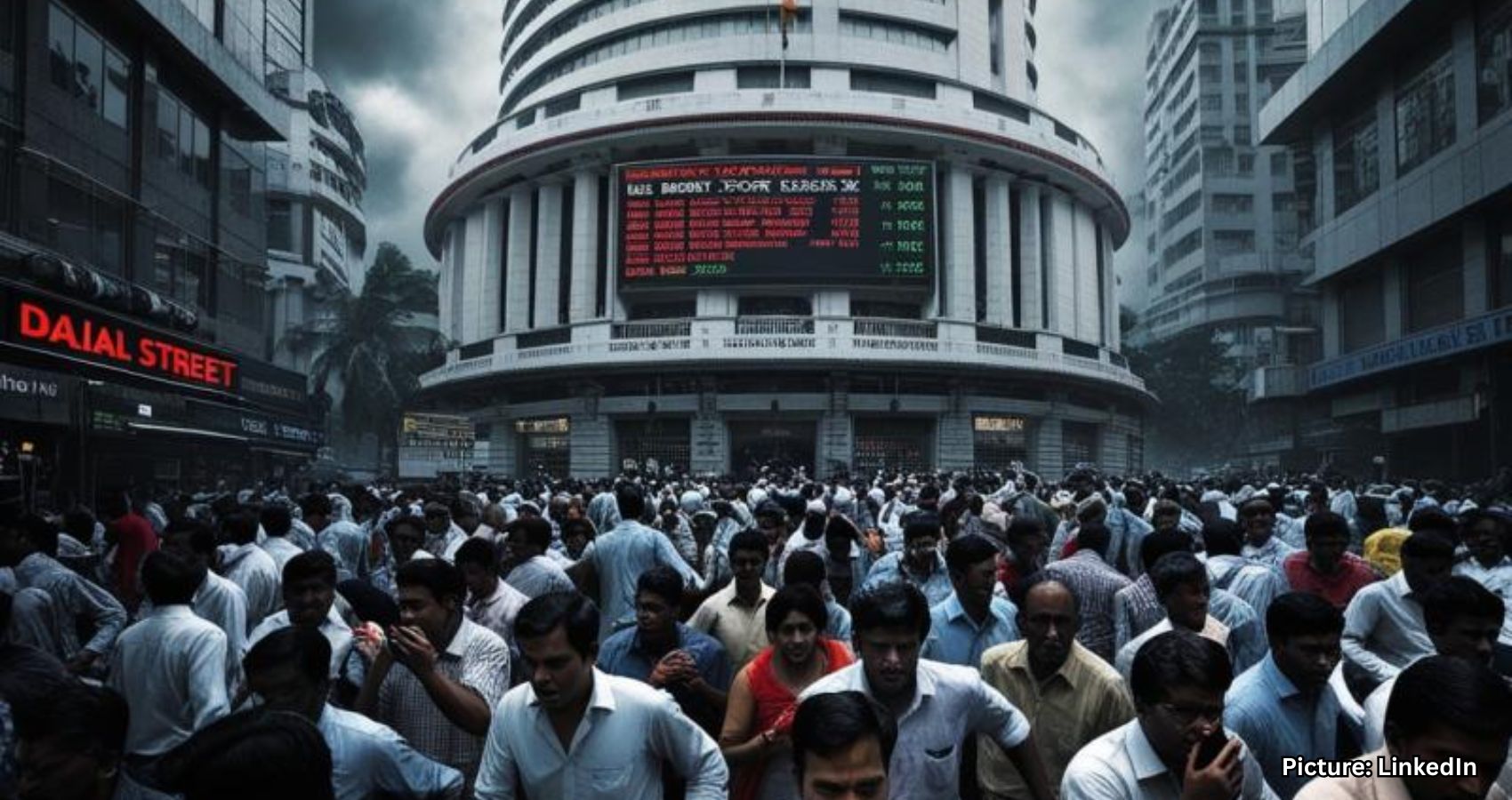
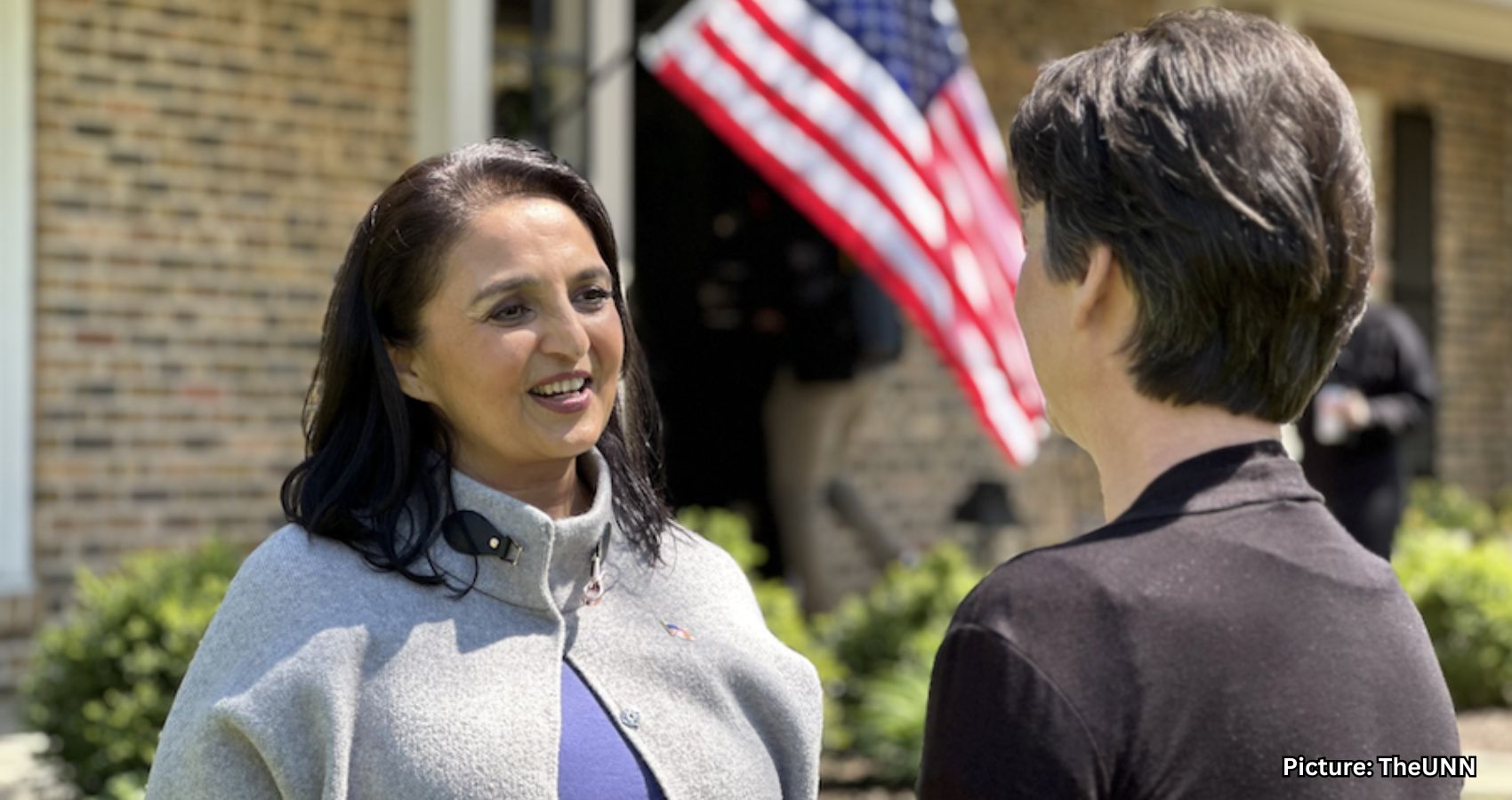
 Her work ethic carried into her college years at Northwestern University, where she juggled studies with a daily paper route. As an adult, she balanced the demands of single motherhood, running a small business, and caring for her ailing parents. These life experiences have given her firsthand insight into the everyday struggles facing working families. “My life was Made in America. This campaign was Made in America. It could not have happened anywhere else,” she declared. “Now, I’m committed to making sure that the same American Dream is alive and well now, and for generations to come.”
Her work ethic carried into her college years at Northwestern University, where she juggled studies with a daily paper route. As an adult, she balanced the demands of single motherhood, running a small business, and caring for her ailing parents. These life experiences have given her firsthand insight into the everyday struggles facing working families. “My life was Made in America. This campaign was Made in America. It could not have happened anywhere else,” she declared. “Now, I’m committed to making sure that the same American Dream is alive and well now, and for generations to come.”